Webinar 1: The Core
Get to the "core" of the issue in your swing and understand how THE GOAT makes his swing so simple and effortless. If you're looking to get help with your swing, you can join Craig's Unlimited Swing Review Group for half off the first month here! Join Group. Also, if you're in need of this medicine ball, here is the link: Medicine ball with handles 6 pounds
Let me hop up here for just a second and I'm going to play a short video and then we're going to talk about what's going on.
So I have been working on something for literally two decades of my life.
I'm clearly not very bright or I would have figured this out a long time ago, but sometimes good things take time.
So I want to share it with you.
Craig and I have been working on it this week together.
You're going to start to see some of the.
What's going on and what I've really been trying to do with the GOAT code, and why?
It's there to truly make a radical change for you in your golf game.
And I mean, every part of your game.
And so it's been something that I've been obsessing about.
They say it takes 10,000 hours to become an expert at something.
I've got at least 20,000 in this, so I should be pretty proficient by now.
And most importantly, I know how to share it with you.
So I'm going to play a short video and then I'm going to hop back up here.
So just watch this video and enjoy.
Take a moment and watch Tiger hit a few sand wedges here.
Imagine going up to the range.
And your swing was this smooth, this effortless.
He's hitting a sand wedge here and you can see that there's just nothing but smoothness, elegance.
It's effortless, pain-free, easy on the body.
It's always been fascinating to me how easy and effortless he makes it.
Look, I don't know about you, but I love hitting balls.
I love being on the range with brand new, good balls.
I'll stay out there all day.
But if I'm not hitting the ball well, that wouldn't be the case.
When I was younger, that was the case often.
The harder I worked, the worse I seemed to get.
It took me years to really understand how to swing properly, how to protect my body, how to do it effortlessly.
And as I've gotten older now, now protecting my body is more important than ever before.
And Tiger's in the same boat.
He and I played college golf at the same time, at the same age, and had a lot of similar injuries and surgeries over the years.
And at this stage in Tiger's game, there's no question that he's prioritizing control, consistency, and protecting his body above all else.
And when he goes to his 8-iron, The same smooth, effortless swing is there.
Hard to tell the difference between the two, isn't it?
If you could swing like this, how often would you be out on the range?
It would probably be the end of countless marriages in America.
Because if you could hit the ball this pure, this consistent, this easily, this effortlessly, wouldn't you do it all the time?
It's got to be one of the best feelings in the world.
And while I certainly don't swing as well as Tiger, I've gotten relatively close, and I want to talk to you about that today because I have a dream.
I had a dream for a long time.
Not just that I could swing like Tiger, just swing this effortlessly and hit the ball in the center of the face every time, but that I could teach my members how to do it.
And I want to show you what we've done so far.
I'm sure by now you guys have all seen this golf swing.
It's pretty darn close for Tiger Woods' 2000 swing.
As I began to work back through things backwards, I began to see that if I tied everything together with one key element that I could replicate every single part of this game and do it with incredible accuracy and precision and completely change my own scoring, my own ball striking and match everything up nearly identically.
And I want to tell you how I did it.
Craig and I worked tirelessly to try and get the final key piece of the puzzle, to tie it all together.
So that our students that he's been working with in his unlimited review groups and myself.
That we can really internalize these movements and do them perfectly, do them exactly the way that Tiger does.
So that we could also swing this effortlessly, that we could hit the ball with this much control and do it seemingly like we're not even trying.
That's the magic of the golf swing to me.
When it's done right, it should seem like you're not trying at all when you're putting full force into it.
Here.
Piger's gonna hit a four iron, he's gonna hit this at least 210, 215 yards and watch just how easily he swings at the ball.
Imagine being able to strike a four iron right out of the center of the face with a perfect ball flight, perfect trajectory, perfect spin rate, absolute control, dead at your target every single time, I mean, it really is the holy grail of golf.
And the way that he's doing it is shockingly simple.
It took me decades of understanding, Decades of studying to really be able to boil it down to something so simple to tie everything together.
But that's what I've been working on.
That's what this new program is all about.
So the only question is, how many of you out there want to swing like this?
Want to swing this effortlessly?
Want to have this much control, to be able to hit the ball in the center of the face every single time.
The question is, who's coming with me, who's coming with me, who's coming with me?
Who wants to be able to swing like this?
And really understand that it's all done just from really one part of your body.
That's what we're going to talk about today.
All right, guys.
So in the chat, who's coming with me?
Who wants to go on this journey with Craig and I to really understand the true simplicity, The lack of complexity to make your golf swing so freaking simple that I wish I had figured this out a long time ago.
It's taken me so long.
So who's in?
Is everybody in?
Everybody?
All right.
All it really comes down to, first of all, let me back up a second, the trick to this is to go through this in sequence.
And I've been testing this with the RSA guys for the last month.
And I found that the goat drill.
Some of them would take it and be able to do it right away perfectly, and some couldn't.
And the reality is is that we're all at different levels, and we're all have different athletic, athletic abilities and strengths and weaknesses and flexibility, and so on.
And so I had to find a way to be able to get everybody, no man left behind.
I want a hundred percent success rate and that was my goal with the first with the RSA group.
I took four weeks of doing little live webinars like this for about an hour each Saturday, so one day a week.
I sent some videos during the week and I said, Okay, here's what I want you to do, and then we get in and I and I do a live webinar like this.
And I would help some of them on stage, try to help all of them as I could.
And I would pull them each time, each week and say, Okay.
Did you feel effortless?
shots?
Did your consistency improve?
And I didn't stop until I had a hundred percent.
So out of the 12 guys, all 12 of them improved.
Their consistency said their consistency was better, their power is better, their control is better, and they're feeling effortlessness.
That was the goal.
So then I'm like, Okay, now I want to test this with the bigger group and that is you guys.
So I'm hoping that you'll go on this journey with Craig and I.
To be able to understand that the golf swing is way freaking simpler than it's ever been made before, because it really does just come down and understanding how to move one part of your body.
But to get there, I had to go through a process.
I had to back up.
Now, it's no secret that I've never been a great putter.
Even when I played professionally, I've played on the mini tours for eight years, like PGA Tour, qualifying school, PGA Tour, qualifying events, Monday qualifiers, state opens, you name it.
I've played all sorts of events.
And all of that was carried on by my ball striking.
I was never, ever a good putter, reasonable, short game.
But putting is where the money's made.
And so I really had to in order to get everybody, to bring everybody up.
I had to start at the beginning.
And ironically, it's exactly how Tiger learned the game.
And so then, as I started thinking about it, it started to make sense as I started going through his drills.
Now, I know many of you haven't had a chance to go through the whole series of new videos that I posted.
These were the ones that I was testing with the RSA guys.
But once you start going through this, You're going to understand that there's a very specific way that you're going to learn this.
That's going to speed things up faster than you can ever imagine.
The trick is going full speed right out of the gate, like we've always said, is really tough.
Some people can do it, some can't.
But if you start with the putter and you start with those one-handed drills, you will start to understand the golf swing.
But I'm gonna, I'm gonna skip ahead and kind of share with you that the secret that's going to make all this tie together.
So that when you go back this week and you start working on these drills, you're going to understand the importance of it, the value of it.
Because I do want you to start right at the beginning with that one-handed putter drill, it is incredibly important.
So how did Tiger get everything to be so simple, to tie everything together, and how do you do it?
The reality is, it's all right here.
This is the golf swing, your core.
Once you learn how to move this, everything falls into place.
And I mean that quite literally.
Because everything that you're going to see.
That Craig and I were working on this week, and the incremental steps that we're working on couldn't fit.
I couldn't get everything to dial in perfect until I really started focusing on how to engage my core.
And I've got these core activation videos I've already put up on the site.
But you can't do it.
You can't.
Have a proper golf swing.
Without engaging this correctly, it simply doesn't work, and when you think about it, it makes perfect sense, right?
How many of you struggle just real quick in the chat?
How many of you struggle with what your arms are supposed to do in the golf swing?
And the club going inside or across the line, or you get in a weird spot at the top, just real quick in the chat.
How many of you?
I?
I would say, there's 140 people alive on here right now, and I would say, probably all of us.
Yeah, see where the chat's blowing up, right?
Everybody and I struggled with the same thing.
I have really long arms.
I'm only 5'9", but I could dunk a basketball since I was a freshman in high school.
I had a big vertical jump, but I got really long arms.
And so my arms and my skinny chest, my arms want to do this all the time.
And Craig and I were working on this this week.
We're trying to get the next step in the series of videos, which it goes putting, chipping, pitching and wedge play, iron play, driver play.
And so the next step is the pitching and the wedge play that you're going to see a video on in just a moment.
And no matter what, I had the hardest time of keeping the club from going inside my hands.
And I tried every trick in the book.
And I mean, literally, Craig will attest in the chat.
I was like, OK, Craig, I'm going to try and feel like I'm going to push down on my thumb with my right hand.
And we try that and see what the results would be.
And then I'd be like, OK, Craig, I'm going to try and feel this and I'm going to try and feel that.
None of that stuff works.
And you guys all know this because you've all tried this, right?
It's infuriating to try and get a simple, consistent golf swing.
Why is it so darn hard to keep that club going up on plane?
Everybody wants to rip it inside.
The trick is you have to have something else to move the golf club.
And more importantly, how many of you know how to move or let me ask you this.
How many of you had tried and worked on your quote unquote hip movement in the golf swing?
and struggled to get your hips to move like a tour pros?
How many of you?
Yeah, everybody, right?
Me included.
Yeah, this chat just exploded there.
Everybody has struggled with their hip movement.
Everybody has struggled with their arm movement.
But what's in between those two?
Your core.
Your core is the secret to the golf swing.
And I'm going to show you in just a moment.
Once I started.
realizing that if I just focused on doing my core movement, my arms and hands and my hips both automatically took care of themselves.
Now, what I really had to do was unlearn things that I had done in my swing, trying to move my hips.
That's one secret I'm going to tell you.
You don't try to move your hips to swing like the goat.
To swing like tiger, you don't try and move your hips at all.
And you don't try to move your shoulders at all.
You move your core.
When you move your core, you will be able to swing exactly the same because that's really all tigers really doing.
Now, of course, there's nuance and details and so on.
We'll get into those.
But the truth is, once you learn how to engage your core and sync it up with your trail hand, so if you're right-handed, your right hand and your belly.
Need to form a connection in your mind, and that's what the Pro this program is all about.
Once I started going through it myself and making myself have the discipline to go through these drills, that seem like I'm already good enough.
Butter, forget it.
I don't need to worry about this.
Once, I really said, No, no, I'm going to start from scratch, and I'm really going to do it exactly the way that Tiger does.
You've seen these drills, he does the same things that I'm teaching in this program.
Once I did that, my brain started changing, my body movement started changing, and I started moving athletic again.
I had gotten to the point where I I felt kind of discombobulated, trying to copy Tiger's movement patterns.
Because I couldn't coordinate this upper half and this lower half very well because the part in the middle wasn't working right.
And that's what I was seeing with all of my students.
When we were testing this with RSA and talking to free members, they all struggled with the same thing.
So now, As I started working through this and started getting my right hand and my brain and my belly to work together, Then everything started falling into place, and everything started happening automatically without me having to think about it.
And I want to show you this next piece that we're going to.
I'm going to be working on these videos over the next couple weeks, that's going to show you the next piece.
And I want to see what you guys think about this, to see just how incredibly similar once you get this core working, how similar your movement patterns can be.
So take a look at this and let me tell you, or you guys give me your thoughts on what you see.
The next phase of the program, after the putting and the chipping, is getting into pitching and wedge play.
And that's what Craig and I were working on.
This week is taking that next step on getting all of these things dialed in and really getting the core to work with the trail hand and get the club to move in the proper way.
What you're going to see here is building.
Uh, taking those building blocks that I've done in the putting and the chipping, so posture is such a big thing.
The feel in my right hand, to control the club face, the feel and activating my core, all of those things are required before you can pitch the ball properly.
So even the setup is so fundamental.
Because you can't engage your core the way most golfers set up.
The webinar I just did this week with the free members showed so many golfers who don't engage their core at all.
And so you'll see their rear ends stick out a lot.
The trick to this is this very subtle curvature of the spine that Tiger employs.
And you'll see that I have, didn't do a very good job there drawing that line, did I?
The curvature is core activation, just like you're doing a sit-up.
And the reason this is so important to set up this way is that if you start with, your chest popped out and your rear popped out, you're lengthening the muscles in your core, your abdominal wall.
And so you actually not only not supporting your spine, But you don't have these muscles engaged to be able to move from there in the first place.
That we're going to talk about more in just a moment.
So you have to build up.
piece by piece, Because what I found is it's just too big of a step for most golfers to take that Goat drill and put it into action.
Cause if you don't use your core, there's no point of learning how to move your right arm.
If you don't know how to use it correctly with your core.
So I'm going to walk through this stuff again.
There's a, there's some slight differences here.
Obviously I am in relationship to the camera.
I am set up way more left than tiger is.
So that's going to change a couple of different.
angles of the club.
So when you're videoing though, make sure that you're videoing as close to straight down the line as you can.
This will make everything so much easier to dial in.
So now the first key as you're starting the takeaway, there's a couple subtle little things that you're going to see.
But the main thing that we're really focusing on at first is at the end of the takeaway, that club head has got to be outside your hands.
This is the most common mistake that most golfers make.
And it happens when you pronate with that left arm or hinge that right wrist back, or really just not using your core to take the club back.
That is what it comes down to.
If you don't use your core, you will have to use your arms and hands, and that will always cause that club head to go inside.
So this is your first primary checkpoint.
And once you understand how to do this correctly, then everything else becomes so much simpler.
But if these first few feet of club travel are off because you're not using the correct muscles in your body, then it's really kind of game over and you do not start, you do not pass go, do not collect 200 bucks.
And that's why I started with the putting at first to get that feel in the right hand, To get a sense of control and really train your nervous system to pay attention to what you feel in your fingers of your right hand.
And what it's doing to that club face.
And obviously the left hand is involved as well.
When we add the left hand back on there in the putting and the chipping, you start to get a sense of how your body has to work together to control this club face.
Now from here.
The club, the path of the club is on, is going to be really, really simple.
But there's a couple more super critical checkpoints, and most golfers right arm has really collapsed at this point.
That right wrist is hinged a lot.
The biggest checkpoint I want to give you is that right about here at nine.
And this helps keep the club in front of the body and sync with the body, but also shows that you're maintaining that supination that you start out with at address, Because that is going to help ensure that the club works up on plane and isn't getting wrapped around deep behind you.
Cause that's going to change the clubface angle.
At the end of the day, this is all about controlling that clubface.
So what I've done here is moved my core to move my arms, to move my hands, to move my club.
But I'm really feeling and sensing that club in both hands, more so on the right than anything else, because that's what's going to help me control the club face angle.
But you'll see at this point, we're pretty well matched up.
Now I made a little bit longer swing than Tiger, but you'll see as we start coming down, again, camera angles are slightly different here.
So now Tiger's hitting a cut in this shot on the right.
I'm hitting a cut here just to get the release patterns to match up, as you'll see as we've come down.
So now I'm going to be a little bit steep because I'm trying to hit down on it, swing a little bit more left.
And you'll see the club immediately starting to work left here.
So you can see right here, it's just the toes just about on the ball.
And then as it comes down, I'm going to work at left because I'm hitting a little bit of a cut here.
At impact, we're pretty close.
Obviously Tigers.
Three or four inches taller than me.
I have really narrow shoulders and very long arms, and short legs, and a long torso.
And he's the opposite, he's got long legs, shorter torso, medium arms.
So obviously that's going to change things a little bit.
But overall, you'll see that the basic gist of things is nearly identical.
And it's all built from this putting to chipping, to pitching.
Proper setup mechanics, proper feel, core activation, proper movement of the club going back, and then it makes everything happen automatically.
I can't possibly think about how to swing down.
All I'm thinking about here is just hitting a cut, just swing a little bit more left and holding the release of the face off a little bit.
So now here you can see the club face is still maintaining some openness here.
Again.
Tiger and I look pretty similar clubs, gonna come out, very similar spots in terms of, you know, relationship to the body.
And you can see that we're both using that right hand to hold the club face off.
That's what creates this look of the right arm being straight and swinging across the body.
And that's what gets us into the same position.
And again, these are all things that are happening truly dynamically happening much too fast for me to control.
We both even kind of like fall over, settle back into our lead side or to the left of our body at the same time.
These movement patterns to get it this similar.
are all done with just really basic fundamentals.
Core activation, proper setup, engaging your core at setup, which we're going to talk about in just a moment.
And using that to move the club back, you can swing like the goat.
It's all done just by understanding these really, really critical fundamentals and getting these things dialed in just right through baby steps.
one piece at a time, stacking one piece of the puzzle at a time, but it can happen really, really quickly.
It only takes a couple hours of putting to get a feel of that right hand, a couple hours of chipping, a couple hours of pitching, and that's going to build into the full swing, and that's going to build into the iron swing, your driver swing, and so on.
So let's talk about some more of these fundamentals that you're going to need to get your swing dialed in.
So what do you guys think?
In your opinion, how close is that to the good?
I'm going to take a look at a couple of questions.
I am going to discuss core muscles.
Absolutely.
Mike Awesome had instant results.
That's killer.
So what do you guys think is that, Matt?
Those movement patterns seem to match up with what the Goat is doing there.
Yes or no?
no, no, no, wrong answers.
Yes, okay, okay.
So we're on this, we're on the same page then, right?
All that is is learning how to move this with my belly, That's it.
Once you learn how to move this with your belly, then you start to understand the golf swing and everything's going to start to make sense.
So now I know the RSA guys have all bought these already.
I'm going to put up a link real quick.
If you guys don't have one, I'm going to explain what these are all about because it's very important and you can.
This is blocking the screen.
You can close it.
But this is just off Amazon.
It's the same one I bought.
It's six pounds.
I don't like to go heavier than six pounds for a bunch of different reasons that we'll talk about.
But this is what you really need to be able to do.
You need a medicine ball with handles.
And you need one that's about six pounds for most people.
Because this is what's going to teach you how to start to engage your core.
Because the reality is most people don't know how to do it.
They can't feel their core.
Their abs have gotten completely neglected because we sit all the time.
It's just not part of our natural daily life anymore to need to use our core.
In fact, we tend to do the opposite.
And so you need to start training yourself to get this engaged again.
It doesn't have to be super strong.
You don't need to be Arnold Schwarzenegger, but you do need to learn how to activate it.
And you need some weight to do that.
The problem with the golf club is it's really light.
And because it's so light, you can just fling it around all over the place with your arms.
And that's what we do.
And that's how we trigger the golf swing.
And if you don't trigger, you don't start the swing with some core rotation or relatively a lot of core rotation.
That's one thing you'll notice in Tiger Swing that's unarguable is that even on a short swing, he always makes a big shoulder turn, but he's not turning his shoulders.
He's turning his core and that's moving his shoulders.
When you start to move your shoulders, You start to run into all the problems that you guys probably have already, where the club goes inside.
Like almost everybody said yes and the club goes inside.
Any movement from this lead shoulder or this lead arm or this lead hand, almost any movement will wreck the swing if you start out that way.
If you start to go pushing across your body, letting this wrist roll at all, letting this arm internally rotate, the club will always go inside.
And then your swing is just an instant box of compensations from there.
that's the problem because this thing is so light.
It doesn't teach you that you need to engage your core.
It teaches you to use your arms and hands.
And so this, what it does is it starts to make you want to use your whole body.
That's why you need some weight.
You don't have to have a medicine ball if you've got to wait at the house or something on the site.
So that are already on there.
The whole series is up there up to the chipping stuff.
They're up to the chipping stuff.
Power.
It's not just about having a proper takeaway or a core takeaway or a core.
Be able to feel like I can hit the ball as far as I want and I can as long as I use my core.
Then I can go after it on every shot.
I don't have to feel like I've got to have kind of a smooth swing.
Of course, smooth is helpful, of course.
But how many of you out there feel like when you go to try to put something into it?
You don't get better results, you get way worse results.
I think most golfers feel that way, they feel like they can't use everything that they've got.
You kind of always got to throttle back a little bit in order to be able to have.
You know, to be able to put the ball on the planet, right?
Especially with the longer clubs.
I mean, who wouldn't want to be able to put everything they've got into their driver?
When you start doing this correctly, you can, you want to wail on a driver every now and then.
You can swing as hard as you want, and you will still be able to control it as long as you start moving correctly.
And that's why you have to go through.
Most of you, I should say, will have to go through this sequence the way it's laid out.
You've got to start with the putter, because with the putter, you're going to start to make little core movements and the putter swing.
As a, you know, as Tiger learned the game from the green back, he Earl put him on the green, said.
Put first and then chip and then start hitting wide shots and so on.
There's just something that changes in your brain, and it happened in my case as well, That as soon as I backed down and stopped trying to match Tiger's full swing at full speed.
And started really paying attention to the intricacy of the control that I needed to feel in my right hand, Get my brain and my core and my right hand to work together to control that clubface with the putter, when I started chipping, I had 10 times more control.
When I started hitting wedge shots, I had 10 times more control, and it built one on top of the other.
And it starts here.
So how do you start to put this together?
Now?
There's a whole series, there's four videos on the site, so I'm just going to briefly walk through this.
They're already there.
But the gist of it is you've got to feel your belly starting to work.
And you can't do this if you don't set up correctly.
Like Craig was on the, Uh, the free webinar we did the other night.
And the one thing that we both saw on.
Almost everybody that I brought up on stage to help them out.
I said, okay, just take your setup and almost every single one looked like this.
Now, what's wrong with my setup here?
What do you guys see that's wrong here?
What do you think is going to happen from this position?
Any thoughts?
Arched back.
Yep, absolutely.
What is it going to cause me to do setting up to the golf ball like that?
Because almost everybody does this because we all kind of want to let our bellies kind of hang out.
It's just a natural thing.
Inside takeaway.
Yep, exactly.
So because most of us don't realize how kind of, for lack of a better word, lazy we tend to set up to the ball, we do this and we let our belly kind of relax and hang out.
It puts a lot of curvature in our spine, which makes our rear stick out.
But what's also going to happen to my chest, my rib cage is going to pop up.
And so if you go back and you look at the wedge swing that I had of me with Tiger, We didn't look like this at all.
And the reason is, as soon as you engage your core, it actually does the opposite.
It pulls your hips under.
If you were doing a sit-up, Your abdominals all work together to pull your hips toward your body and your upper body toward your lower body.
And so as you start to set up this way, you're now in a position where not only is your back protected because your core is engaged, but it gets your chest tipped over to the ball.
And so from here, Now I can feel my core is engaged.
And as I take the club back, if I use my core, I have no problem keeping the club outside my hands.
But from here, I have a ton of problem of keeping the club because my chest is so flat in relationship to the horizon.
You've got to get your chest tipped over to the ball.
Using a medicine ball, this makes a lot of sense.
Because it kind of pulls you down into this position a little bit anyway.
So if you engage your core to fight gravity, the ball pulling your arms down, it's natural for it to hang down under your shoulders instead of like this.
This doesn't feel right.
The ball feels weird.
But a lot of golfers set up like this.
And as soon as they do that, of course, their arms are going to swing around.
As soon as you change that, now as I just go back and forth with this medicine ball, with my arms just hanging down, my fingers are light.
because that's why I want the ball with the handles.
As I go back and forth, I'm starting to use my core, my obliques, the muscles in my back.
The core is front and back.
And as you'll learn as we go through this program, it's really fascia that you're learning how to coordinate and move and fire in your swing.
But you've got to get a feeling of your core starting to move the ball back and forth.
Now, once I have this basic gist of the movement, my arms are not moving.
Other than them being moved, I'm not trying to move the ball.
And this is again why a ball with handles is really helpful.
Because what?
Almost every single golfer that we see starts their swing with their hands, arms or shoulders, or all three.
They roll with the left hand, they hinge the right wrist too much, they pronate the left arm, they push the left shoulder, they tilt the shoulders.
Whatever it is, it's all something happening from here up, none of it's happening from here.
But once you get a feel for that, what you're going to do from here is you have these muscles loaded up.
How would you throw this ball?
Now, this is one of the videos that is again on the site, but the gist of it is to use your core to throw the ball.
I like to take a little rocking step back and forth.
So my feet are kind of coming up and then I throw.
Now you'll see as I threw my right foot went back.
Why did my right foot go back?
Any ideas?
Hopefully, maybe some of you have seen the video.
Momentum.
Torque.
Yeah.
All right.
Torque is the answer.
Torque is how we create rotational force in our body.
When you use torque.
If this is turning this way, this needs to be turning this way.
And that is how you create resistance to create power in your golf swing from your core.
Now, even though the core is not moving that much in the swing, it's barely, it's only doing this and this.
It's hardly moving.
And it's one of the things I think has made it so difficult to really understand what's really happening in the swing.
Because the part that's really doing all the work doesn't look like it's doing much at all.
You can't really see it.
You can see your arms and your hands and the club and your legs and your hips and all that stuff, but you can't really see what's happening here, but you can feel it.
And once you get a medicine ball and you find a wall that you can start hucking this thing around, that is how you start to feel core engagement.
Again, I'm not going to go over this a lot because it's already on the site, but that is the key to starting to get everything in your golf swing to sync up.
To keep your arms in front of your body, you start with the supination of your arms, go back and forth, rotate and throw.
And that becomes the entire core, if you will, of the golf swing.
To learn it, you need to start with a putter.
And for most of you, Learning how to putt with trail hand and a little bit of core engagement will be very challenging at first.
But if you go through the videos on the site, the new putting videos, You just got to go through these little four or five footers and start getting a feel for it.
Then you're going to go through the T drill.
Then you're going to add your left hand.
Then you're going to start chipping and so on.
But it doesn't take very long.
Two or three hours of each one of those will get you about 500 reps.
500 reps is enough to start to transfer this stuff into your subconscious, your unconscious, so that your body is starting to move without having to think about it.
And that's where we need to get you.
And that's when you're ready to move on to the next piece.
Once you can start to do this stuff, these little simple drills, seemingly simple drills, the T drill is probably going to be a challenge for a lot of you at first.
I know for a lot of students that I've had here, It's been really tough at first to not whack the T's all the time with your hands because we're so used to our hands and arms.
Kind of going all over the place.
But once you start moving from your core, You'll find that you can get that putter to pass through that gate of T's the same way every single time, with incredible precision.
You're talking about millimeter level precision, which is what we need in the golf swing.
We need to be that accurate, but we need to start with the putter to start to feel the amount of precision.
I want you to start hitting the ball in the center of the putter face every single time.
And when you chip every single time in the center and you've got to train this hand, your brain and the core to start to work together.
And once you have that.
All of this stuff starts to make a ton of sense and you will see a radical change.
And it can happen incredibly fast now, I can't promise you how fast it's going to happen.
Depends on how much time you put into it, how much concentration you'll see, that I talk about in the putting drills, it's really a concentration drill.
As much as anything, To learn how to start to feel these little nuances of getting your core to rock your shoulders.
And coordinating that with the feeling that you get in your right hand and your fingers of your right hand to start.
How you release the putter, face and all those details are in that video.
Once you have that, you will start to have a foundation that you can build on incredibly fast.
So as an example, again, I'm not making any promises on time.
Everybody's going to be different.
But that wedge swing to get it that close to Tigers, and I promise you when we started, it was not that close.
It was reasonable, but it wasn't that close.
It took two days of Craig and I working together.
Two days.
That's it.
Now, how did we get it done that fast?
One.
You have to video your swing, you, you, absolutely, it's non-negotiable, you have to video.
And I even I'm going to make this really simple because I'm, I'm just.
I'm giving Amazon a lot of business for no reason here.
But here's a tripod and phone holder.
It's like 20 bucks.
You have no excuses not to video your swing.
Now you can swing 20 bucks to get this silly little tripod with a little phone holder.
Because you absolutely have got to pay attention to the the details, the micro details that we start to show you in these videos.
So all I did for two days for maybe, I don't know, Craig would probably remember maybe two or three hours a day.
I took my wedge swing from where it was to nearly identical to tigers in two days, within two or three hours a day.
By understanding how to start to engage my core, checking what we were doing on videos.
But the big thing You really need a second set of eyes if you're not being super, super detailed about it.
And even I, quite frankly, There's probably nobody on earth that is more anal and detailed oriented about the golf swing than I am.
And I needed a second set of eyes.
So get a second set of eyes if you can, you know, post your video underneath the, we'll try and look at them in the forums or underneath the putting video.
Just go on there.
video your swing real quick, post it up there and say, hey, is this close or not?
And if you're not sure, then take a lesson.
And Craig, since he's on here, Craig has been very kind to be willing to share with us his time and his experience.
So I'm gonna put out, Craig's willing to offer you guys half off for a month for his URG.
So it's like $3.
50 a day.
You can get a golf lesson every single day with Craig.
Now, unfortunately, there's a limited number of spaces.
Because this is Craig's time, right?
So I can't promise you how many of you can.
There's way more of you in this, uh session than there are spots available in Craig's group.
So if you want to join it, click that now so that you can get in there to make sure you get Craig's time.
But the reality is, if you go through it exactly detailed and you video and you check yourself, you will start to see the little nuances and how important they are.
Because they're everything.
But if you're not sure, have Craig, take a look at it.
Submit a swing for review or join us URG.
So that you can just be in there every single day and just be like, Okay.
I just want to make sure I got this putting right.
Because again, in two hours, your putting will change radically.
In two hours, your chipping will change dramatically.
Your wedge play all of it, But you just need to make sure you're paying attention to the details, and if you're not that detail oriented, Craig, who I call Rotary Swing Rain Man, because he knows every single video I've ever done.
And he's also extremely anal about making sure that you do all the stuff right, because he understands the importance of it.
You have to make sure you're doing these little things right.
So I'll leave that up there for a little bit.
And you guys can close that if it's in your way.
But I think there's only like 20 spots open in his group.
So you need to get in.
Maybe there's 30.
I can't remember.
But you need to click that pretty quickly to be able to get in there.
Now, How do we start this process, this journey?
How do we get you there?
Well, I wanna take some of you up on stage now.
So if you've got a camera set up and you're ready to jump on, you want some help, I wanna start to work with you guys on these little movements at first.
Now, I'll take each one of you wherever you're at.
If you wanna work on the putting stuff or the chipping stuff, if you already have gone through some of that, we can work on that as well.
Or we can work on the full swing stuff.
But I wanna start to get some details so you guys can start to see how.
how to start correcting these things in your own swing.
So who would like to come up on stage and get a little bit of help?
Caden, I think that was.
That looks pretty darn good now.
I can only see mostly your lower half.
Um, is it possible for you to tilt the camera up a little more, a little more?
Yeah, yeah, there we go, like that.
Yep, that'll work, all right.
Cool as a golfer, boys, that's how it's done.
So, Caden, tell me, you said you just started, uh, being able to engage your core.
Tell me more about what that feels like to you, because you did it beautifully.
Yeah, so okay, can you still hear me?
Yep, Yeah.
Okay.
I know some of you couldn't hear him.
I could hear him well enough.
So let me explain to you what he was just saying there, because it's very, very important.
So he was saying that he was setting up kind of like what I talked about at the beginning with, you know, kind of sticking the rear out and popping the chest up.
And he started having back pain.
If you have back pain in your golf swing, that's the first place to look.
I promise you.
I mean, I can't tell you, at least in the past week.
at least 90% of the golfers that I saw sat up like that to the ball.
And they all said, oh, I got a little bit of sore back.
Well, of course, our back's not designed to be in that spot.
So the whole job of your core, apart from holding your guts in, is to protect your lower back.
And so what you'll find is that once you start to do exactly what he just said there, he said he kind of like pulled his belly in, which kind of tucked his hips under a little bit.
And then he kind of did like a little sit up with his upper body.
And now, as soon as you do that, That alone gets your arms to start to hang so that they can swing freely and be swung freely by your core, which is, again, what I was demonstrating with that medicine ball.
That is a huge, huge piece.
And once you get this setup right, then he started to be able to get, he noticed that he felt something underneath his right scapula, his right shoulder blade, because now that's where you're going to start to load up as your core begins to wind up.
and your trail arm begins to load up against your spine, your scapula does, you're now in a position where as you fire your core, that moves your arm very fast.
And you saw Caden had great speed there, and it was absolutely synced up perfectly.
He doesn't have to try and wait on his arms or do anything like that.
The only way you've got to wait on your arms is if you start swinging them crazily in the backswing.
He had a very core-driven backswing because he set up well, and then a core-driven downswing, and then his arms.
are just moving like this medicine ball.
This feeling of this and this is what Tiger's doing.
It's what I'm feeling to swing like Tiger, essentially, with this right hand control.
Now, Caden, have you had a chance to do any of the putting or chipping stuff?
I'm just curious.
Yeah, I have.
What did you find with that?
So for me, for the putting, I do a lot more hinge and hold.
Now, the posture and the setup is the same thing.
And then also, to demonstrate, I'm here too.
So I'm using my right here.
Yep.
Yep.
Perfect.
So I know you guys probably couldn't hear him that well there, but in the putting video, you're going to see how it's, you know, you, your posture is so incredibly important to your putting stroke.
And so what he felt once he's there is just a little bit of hinge and then you can hold it off.
And I, and I talk about that in the putting videos about how you want to release the putter.
You can release it more of an unhinging motion or a hinge and hold.
Both are perfectly fine.
But the trick is it's keeping that club face very, very stable and very quiet because, again, you're not moving your hands.
I know a lot of people I had somebody this week is like, man, I just got over the yips and now you're telling me to use my right hand.
I get the fear of that.
The yips is really using your right arm and hand independent of your core.
Every time I've seen somebody with the yips, I've never seen them use their core.
It's they're using their arms and hands and flinching at it.
But once you get a feeling, what Caden is demonstrating there is he kind of feels like the putter is kind of doing this.
Now, it's not quite that synced up, of course, But you kind of want to feel that the butt of the putter is kind of always pointing at the center of your body.
And as I hinge my wrist back, it does that.
If I don't let my wrist hinge, I just took it back, the butt of the club would be pointing off to the right.
So that's why you want to feel a little hinge and unhinge.
And you'll see in the video that I use.
Of the clips of Tiger, he's really unhinging his wrist, hinging it and unhinging it back, and that's what's keeping that putter face very, very square.
And there's no question that as far as clutch, four, eight, ten footers for par, that's not only.
Anybody on the planet's made more than that guy.
So Cadent dude, you've got a great swing, it looks fantastic.
You are a terrible example because you didn't do anything wrong.
So I gotta let you go.
All right, cool, all right.
great job, man.
Okay.
Mark, I just talked about the core activation on the downswing.
It's how you're throwing that ball.
You need to watch that medicine ball video and that will help you feel.
You've got to throw that ball against a wall and you will absolutely use your core on the downswing.
All right.
Who wants to come up next?
Jayden.
Jayden, can you post on here real quick and I can just click your name?
There we go.
Now I can hear you.
All right.
Sorry, man.
Usually works just fine.
All right.
Can you guys hear me okay?
Yep.
Hearing perfect.
All right.
Yeah.
I'm just going to give this the easiest thing of all time in the world and you can tell me how bad it is.
Okay.
All righty.
That looks really good.
Actually, really good.
You had a little bit of, and I think it's probably just trying to kind of maybe do too much with the forward press.
You kind of let your hips kind of move a little bit there, I think.
Yeah, you were saying, you know, it all should be moving, and you want to create the rebound effect.
Yeah, it's just a little too much.
Yeah, all right.
Yeah, that looks really good.
Really good.
Can you try one with both hands?
Yeah, how?
How has your accuracy been doing it with just your right hand?
Um, pretty good.
I haven't gotten to the to the Tees yet because I haven't had a place to go.
But you can also use like two balls I showed on there, just like in between the putter.
Yeah, that looks really good, man.
Really good.
So the thing that you.
Go ahead.
What's that?
Go ahead.
I have one question for you when you're done.
Go ahead.
Well, I was just going to say, this looks really, really good.
I would love to see you take some time to work on the tee drill or just, you know, like I said, just use two balls.
If you, you know, if you can't get to a place where you can stick tees in the ground, this works, you know, all the same difference.
So just kind of get that same feeling.
But your stroke looks really, really good.
So I think, you know, once you kind of go through that T drill and you really get the precision, the really, it's really kind of like fine tuning your motor skills.
It's really getting your nervous system understand, you know, getting a sense of that club face all the time.
But, you know, you look like you're pretty close to being ready to make work, move on your chipping.
So what was your question?
My question really is about the right hand.
in that part of the release, I kind of feel, and again, this is all feel, that when I get to here, It's almost like that these two fingers are the part that are going through, and that's the thing that's holding the clubface square.
And I don't know that given what I've seen in the videos and some of the other goat stuff, if that basically is too low in my hand for that feeling, because I know there's supposed to be some pressure in this.
trigger finger, if you will.
So you say you felt it in your middle two fingers?
I feel like if I'm controlling that club face, those middle two fingers in my hand are kind of leading the way.
A hundred percent.
That's exactly what you want.
Okay.
Yeah.
When I get to, you know, the next phase, it feels like that's going to leave the club face open somehow, but maybe I'm wrong.
So the trick to that.
Is understanding how you you rock with your core back and let the wrist hinge and unhinge on the way through.
It feels like the putter face essentially never really opens, and so the only way that it would be open.
As you're releasing is if you started to kind of move your arm, like shoving it down the line.
But if your core is engaged in rocking back and forth, the putter face will release.
But it's more of an unhinge than a rotation.
But you do want to allow that little hit to happen in the stroke, and you will feel that in your middle two fingers.
Absolutely.
That's exactly what you want.
Okay.
And then one last question.
Yeah.
I know that you've talked a lot about the right shoulder and that side bend, allowing you to keep the club face square for longer.
Is that an okay feel to have that right shoulder follow or not?
Sure.
Absolutely.
Now, obviously, in the putting stroke, it's just.
That is happening, it's just way less right.
We're.
We're not generating a lot of power, and so when you start to generate power and your core engages, that will start to create side bend.
But we just don't have that much force, you know, maybe in a longer putt, you might.
But as you move into chipping, you will start to feel that that right side kind of starts to contract and go down.
And that's how you're going to be able to chip with one hand, very, very accurately.
So you'll start to kind of feel that right shoulder going down a little bit more as you start to go to bigger strokes.
Okay.
Well, hey, man, I've been around since 08.
Oh, wow.
The forum days.
Wow.
I'm really, really interested to see how this all plays out for me in the next four to six weeks.
Well, if you can, I'd love for you to post some videos underneath each one of the videos in the new series, so I can take a look as you're going through.
If you've got any questions, you get stuck on something, and then I can kind of watch your progression as you go through.
It'd be really helpful.
Yeah, love to do it.
And shout out to Craig.
Craig's the one that does my monthly or semi-monthly or whatever reviews, and he's awesome.
So he's doing a great job.
If anybody's thinking about joining Craig, you should.
Yeah.
He's a keeper.
That's for sure.
We get a lot of those from him.
Awesome.
Thank you.
Hey, thanks, Chuck.
You bet.
All right.
Who'd like to come up next?
Another David.
All right.
You were quick.
I see there's a few more spots left in Craig's group.
If you guys still have that link there, if you want that.
I can post a link here real quick.
Uh, I think I can post it in here.
Oh yeah, if you don't have it up on the screen, I'll post it in the chat real quick.
Okay, David, you should have a request for your camera and your microphone.
Yep, Craig's working.
I made him work hard on me this week.
He's probably sick of hearing me, Craig, why is this club still going inside?
Why is it not perfect here?
We got her dialed in.
All right, David, just a microphone.
I'll send a request again for your microphone.
Do you see that there?
Hi, Tracy.
It's half off for this first month, so it's $113 for the month, about $3.
50 a day or so for a month's worth of lessons.
All right, there we go.
I can hear you.
Hi, Chuck.
How are you?
Great setup.
I'm David in Arizona.
109 degrees right now.
Get out of here.
Oh, my gosh.
I got my first review yesterday from Craig and played today and just hitting some balls while this was going on, and it's never used a core, I guess, and it feels wonderful.
Awesome.
Can you see it?
Yep, perfect.
A couple more for me.
Awesome.
Okay, so I got it there.
So what's happening here, this is going to be super helpful for you to get a medicine ball.
Or if you don't have a medicine ball, grab your impact bag, something just with some mass to it.
Because the thing that's missing in your golf swing is the idea of sinking the arms with the core.
Because what you just did there was kind of an arm swing.
And so you will never make a full shoulder turn when you don't do that, when you don't engage your core.
So you've got to feel immediately and again it.
When you look at on camera, it doesn't look like much, but that core.
Doing that gets you a full shoulder turn, And I can do it with my arms only at nine.
And so if you have a ball and you go back and you practice throwing, and I would like for you to actually take a step with your left foot.
Yep.
Okay.
Really good.
Now you'll notice, I want you to practice your, you're doing what I would call a push.
So you are pushing the ball through.
instead of throwing it with rotational force.
When you throw it with rotational force, your right foot should go back.
And I want you to exaggerate that.
So as you're going forward, take a step and throw and let your right foot go back and you'll have more velocity with your core.
I did order the bulge a little bit ago and it won't be delivered for over a week.
So we'll be using one of the handles.
Yeah, the handles help a ton, especially because then you can also, you can.
For those of you who, uh, picking up a ball audio is kind of weird there, okay, the one with the handles you can throw with one hand.
Why is that going funky?
Is that my mic?
I'm not sure.
uh, sounds funky, huh?
Can you guys still hear me?
Okay?
Let me mute his.
Oh, I think it's gone.
Okay, did that fix the microphone?
I muted his microphone there.
You guys still.
Okay, I think that fixed it.
Okay, perfect.
So yeah, something just went funky there.
So with the ball with the handles, you can throw it.
Sorry, David, I had to turn your mic off there.
Something went funky.
But with the handle, you can go back with just your trail arm.
And throw.
And then start getting a feel of how strong and how firm you need to be posted up on this left leg.
That'll be a big change because you tend to hang back and then you kind of pivot like this.
And you want to be able, that's why I wanted to take a step.
So you go back, take a step and throw.
And this thing's got to be like a tank.
It's got to really brace up so that you have that stability for your core to pivot on.
So when you get a ball, you can practice with your right hand or just your trial hand only.
And that will help you start to feel that motion of bracing on this lead leg and getting this trail foot to go back behind.
You will be very, very important.
Does that make sense?
David?
I'm not sure if can you hear me?
okay, Hey, David, I'm not sure if you can hear me, but we're getting some bad audio, so I'm going to have to remove you here.
Sorry.
Sorry about that.
Okay.
I'm not sure what happened with his mic there.
Anybody else want to come up and get some help?
Do one more before we sign off.
I know it's late for a lot of you guys on the East Coast.
Anybody else need any help?
Tommy was first.
All right, David, how are you?
I'm good.
How are you?
Good.
What do we got?
I'll have to work on the setup.
Okay.
Make sure the core gets activated like it should be.
Okay.
Is that good?
Yep.
Perfect.
Okay.
Yeah.
Your core looks good there.
Yeah.
It looks great.
Yeah.
Perfect.
Everything there looks great.
You say you move off the ball too much.
Is that what you said?
Yes, sir, yeah, so so, moving off the ball.
Like, once you grab something heavy, like a medicine ball, you know, what you'll find is that it's.
The only way that you're really going to move off the ball is when you try to really move from your shoulders, from your upper body, or you try to move from your arms.
Once you start to move from your core, because it's truly moving from the center of your mass, there's just no way to really move off the ball.
So once you start swinging your arms with your core, you can see that my head, if anything, actually wants to go forward to start the swing.
And this is something I talk about in the chipping video.
When you start to see.
you know, during the, when we do the both hands chipping, That Tiger's head starts to actually move forward, to start the stroke, and then actually kind of moves back in the downswing.
When you're using something like a medicine ball and you start, I like to personally practice hinged forward a lot.
It's kind of how I wake up my body in the morning.
So I'll actually start like way bent over.
Now from here, as I use my core, I'm just starting to wake everything up, but I'm also feeling that centered rotation.
So you can see my head's not going to move off the ball.
As soon as I try to move with my arms or hands, that's the only way you're going to start moving off the ball.
So now that you've got a great engagement of your core at setup, You want to grab something with some mass and start rocking it back and forth and feeling these muscles working in your body.
Okay.
You got any other questions for me?
Awesome.
Yeah.
Setup looks great, man.
Thank you for your help.
You betcha.
Okay.
So I saw one question on there.
I think it was JR.
So like, where do you start?
So there's a couple of things I want to share with you guys.
The videos on there right now are laid out in a very specific sequence, but we're getting ready to update something.
because the site is way too big now.
It's got way too much stuff on there.
And that was another part of this is going through and getting your feedback as you work through this is to go through it in a truly linear order, so that you get, so you're not overwhelmed, right?
Like, there's so much information on the site and the site's 20 years old now, and I've done thousands of videos.
And so now I want to take this time to clean it up and just get right to the.
Right to the the, you know, the meat of the issue, the important stuff.
And then have a truly step-by-step process that absolutely works and gives results for everybody.
And so if you go through it in that exact sequence that it is now, like I said, the putting's in there, there's a specific sequence that we go through, the putting, there's a specific sequence you go through chipping.
We're doing the wedge stuff now, as you just saw that Craig and I were working on.
And then the the wedge play, the iron play, the driver.
All of that stuff is going to be coming online soon, but go through it in that order now.
The only thing that's a little bit possibly out of order right now is the core activation stuff.
There's four core activation videos on there, But I put them a little bit lower because at first you don't need to feel it a whole lot in your putting stroke, of course.
But for those of you who are still going out and playing and you're wanting to kind of get this feeling in your golf swing, you go through those core activation videos and start to feel there's one very important.
The first one is a chair drill.
And this is how you're going to start to feel torque in your golf swing.
Instead, you start creating rotational torque from your core.
Is learning how to move in that chair drill?
So if you go through that, then the next one's a medicine ball drill.
The next one is more of a speed development drill of a slam ball, which is like a medicine ball.
But it's it's softer, it's filled with sand so you can slam it against the ground, it doesn't break or doesn't bounce up, hit in the face.
And the last one is my personal favorite, which is a heavy bag, a punching bag, The heavy bag to me personally, And I know this is one of those things that very few of you probably have access to and probably have never thrown a punch.
I love hitting a heavy bag, but to me personally, it is the closest thing to what I feel in my golf swing.
When I'm hitting an iron shot, I feel like I'm making a punch into my heavy bag just like this.
And interestingly enough, I found an old quote in Tiger's old book, the one he wrote.
Gazillion years ago, 25 years ago, uh, about.
He feels like when he's getting ready to hit, once he's in that delivery area, that he feels like he's, uh, getting ready to throw an upper punch, uppercut punch.
And so it's interesting that Tiger's always been so trail side dominant, and, you know, for lots of different reasons.
That's what Earl taught him how to do.
And it's such a similar feeling to generating power, because when you punch, you don't push and punch like this, there's no power there.
You rotate and then you use your core to drive your hand and arm.
it's not a hand and arm movement by itself, there's no power.
So for me, that's my favorite one, so I put that in there.
For those of you who are overachievers and really want to feel how much power you can really start to generate from your core.
That is the most powerful feeling in the world.
To me is hitting that thing as hard as I can.
So.
Anyway, I hope you guys found this really helpful.
It sounds like you did.
It sounds like we'll do this again maybe next week if this is helpful.
And if you guys take the time to post, video your swing, even if it's just putting, just post it up there.
You'll realize that we'll catch just little tiny things.
It'll make your life so much easier.
You'll pick up things so much faster.
So just post it under the videos.
Get a swing review this week.
If you haven't joined Craig's URG, take a look at that.
And I'll try to answer a few more questions before we.
Go here.
Great.
What if we are old with weak core muscles?
Great question, Greg.
This is your best friend.
If you're old and weak core, which many of us have let our cores kind of fall apart, we can rebuild them.
It doesn't take much.
And it's not, again, not asking you to be like a gorilla in the gym.
To strengthen your core, it's really about engagement.
Now, of course, to strengthen it is going to give you more power.
It's going to give you more velocity.
But if it's weak, You're going to have to cheat and you're going to have to compensate and use your arms and hands and so on.
But strengthen that core.
Start working.
I do sit ups.
I do sit.
You know, it's kind of funny.
Sit ups are kind of like bastardized in the fitness industry.
Like, oh, I do crunches or whatever.
I do 100 sit ups on an incline bench every single day.
It's just part of my life.
It's part of my routine.
100 sit ups is not that big of a deal.
I do them sets of 25.
It takes me five minutes.
That's all you need to do.
You can just do sit-ups and you will start to be able to feel your core.
Do we still throw from the top?
Absolutely.
It's like throwing a punch.
The trick is when I started talking to people about throwing, they started throwing.
That's not a throw to me.
A throw to me is my whole body's involved.
And so while I was hoping.
That that throwing motion and it did.
This is again what this is.
The the challenge of doing what I do is that some of you picked it up right away.
And we had, you know, golfers go from 230 yards to 320 yards off the tee.
And they were in their 60s and 70s.
But not everybody got that because not everybody knows how to throw.
And so that's why I had to, like, back it down and like, okay, if I just if I had to get.
My wife, who's never played golf in her life, is not an athlete.
And I had to get her to be able to play properly.
What would I do?
What sequence would I walk her through?
And this is it.
And I'm actually going to do this with her.
She doesn't play golf.
She's never played golf, but I'm going to walk her through this exact same sequence.
So we're going to kind of get to see this with somebody who knows nothing about golf and nothing about, you know, athleticism whatsoever to walk them through step-by-step how to do this.
I still am absolutely throwing from the top, but I'm also.
Throwing with my core, because that's how I would throw.
Uh, Mary, you talked about bowing your trail rescue, Uh, Mary, that was just an exaggeration.
Definitely, you know, you can't actually do that in your swing, uh?
And I will probably refine that Goat drill, I want more feedback from you guys again, I put that Goat drill out there and again.
I took the RSA guys and half of them did great with it and half of them needed more.
And so again, that's like, I can't do.
I wish I could just do one simple thing that everybody would get perfectly.
And that's what I've been trying to do with the axiom and the dead drill and the goat drill.
But the reality is we all need to just take a little bit more time.
We'll go a little slower at the beginning and we'll get there faster at the end.
Thank you, John.
I'm glad this helped.
It's kind of wild that, you know.
This throwing motion again works great for so many people, but not everybody.
So any other questions that I can Try and answer before we go that you guys get on with your how to get under the ball better.
I'm not sure what you mean by that Do you have to change your putting Craig.
No, Craig's a great putter.
You definitely know how to change your putting.
And even if you don't want to go through that putting drill, you could skip it and go to the chipping thing.
It's probably going to be a little bit harder because it's way easier to learn how to control that clubface with the smaller swings, the smaller steps.
But you don't have to change your putting, but you do need to start training your nervous system to control that right hand, which, Craig, you probably already know how to do that very well because you've been playing forever.
What does the release feel like with the core involved?
I'm not sure exactly what you're saying there, but if you could kind of elaborate on that, I'll try and answer that a little bit more.
You know, again, the best way that I can describe the release is like throwing a medicine ball.
That to me is very much like a release or throwing a punch.
That to me is what I feel.
And then, of course, my right hand is just releasing through with it.
But I'm not exactly sure how else to answer that.
What about arm lock putting?
I don't do that.
I couldn't help you with that.
That's definitely not what we're doing here.
I'm not saying it's bad or wrong or whatever.
But you're not going to get the feel of how to control the putter face with the right hand or the club face.
Because the putter face, The way you feel the control of releasing the putter face is just the same way you feel how you release the driver.
They're the same.
Let's see.
If I'm loading my right glute, am I doing it right?
Not necessarily.
If you get a chance, post a quick video of you throwing the medicine ball, and we'll be able to help you there on the site.
Continue to come over the top of the ball.
You need to get lower and under it.
Aim more for the ground.
If you're coming over the top, it's because you're using your arms and hands to try and slap at the ball.
What you need to feel is your core bringing the club up, and you can see my arms end up.
Perfectly on plane, this was literally just my arms being swung up by my core and then as I use my core to unwind.
There's no way for that club to come over the top, so the only way to come over the top is by actively using your arms.
So you really need to get a feel of your core, swinging your arms instead of your arms, kind of controlling your body, that's the right way to fix that.
Awesome Alan, That's great.
Uh, did you say?
Driver?
Yeah, so the whole sequence of this, John is going to be putting chipping wedge play, iron play driver.
So that'll be like the final culmination.
But we've got to kind of go through these things step by step.
How do I get my hands over my thigh into GDP?
Sometimes my hands get behind my thigh and I hit pulls.
Getting into GDP is again, it's a core driven thing, So if I use my core to go back and I use my core to come down, my arms get moved into GDP.
If they're back here, You probably swung them back too far and they're late coming in because your body's out running them.
So it's just a matter, again, of learning to use your core.
And this is why it's so important to start small because, you know, I can do this move and go back and my arms end up in the same spot every single time.
You're probably not going to do that yet until you've had some experience with truly getting the sensation and the feel of using your core to truly move your arms.
All right, guys.
So it seems like we got everybody's questions answered.
So again, take some time this week.
Video your swing.
Get it to Craig.
Get it to Anthony.
Put it in the UH on the site underneath the videos if you want just like a quick look.
If you want an actual lesson, uh, you can use it.
Craig's URG Group, but otherwise, uh, if this.
You guys find this helpful.
And if you post some stuff this week, it gives me, uh, ideas for things to want to share with you next week.
So, uh, if you take the time to share that in the forum, it'd be really helpful.
I hope you guys enjoy the rest of your Labor Day weekend and I will see you next week.
Probably.
You're welcome, you're welcome, you guys Stepped on my camera.
You're welcome.
You guys are welcome.
Yeah, thank you for saying thank you.
I appreciate it.
All right, guys, I'm going to go ahead and sign off.
You will get a replay of this.
It should be emailed to you.
So if you missed something, you can catch that.
Otherwise, I will see you guys.
very soon.

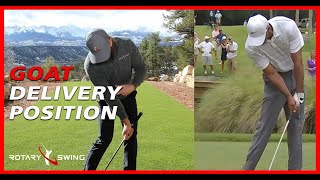
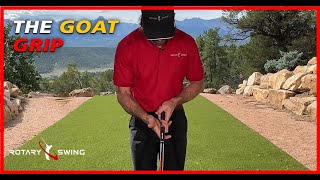
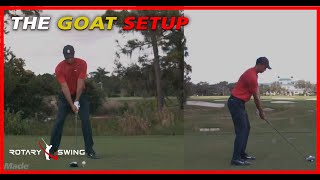
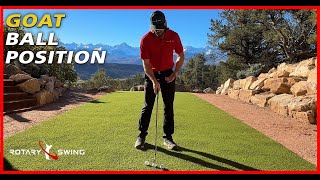
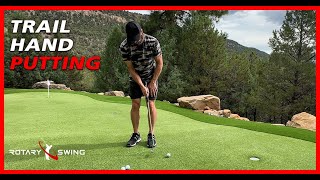

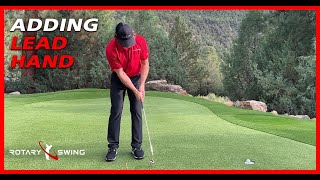

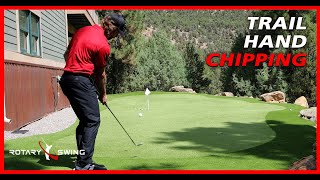
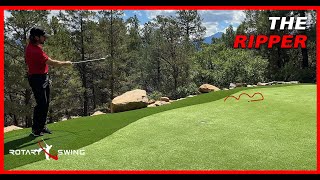
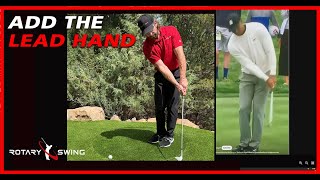


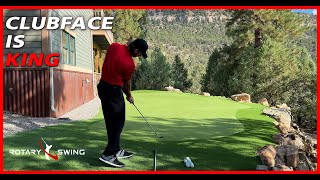

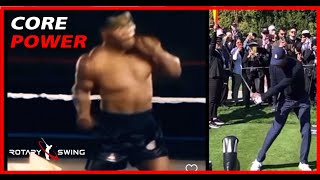
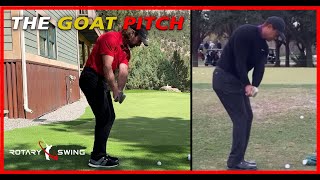
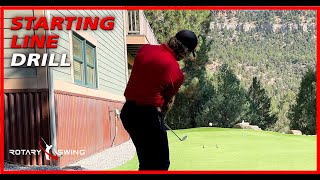
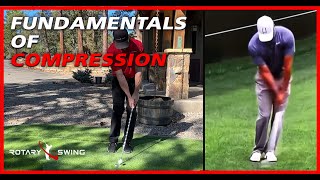
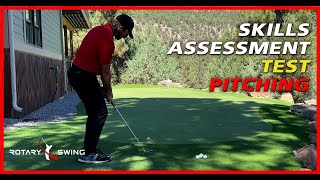
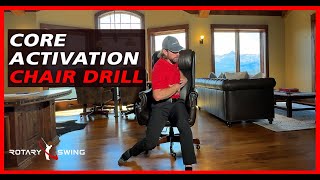
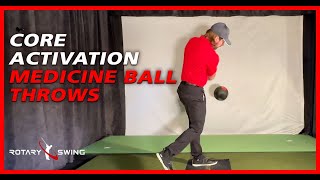
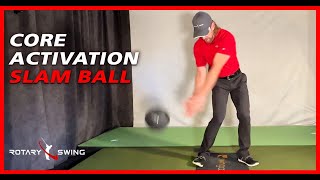
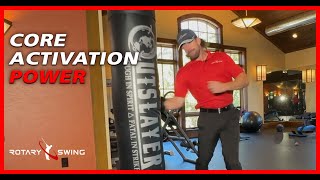
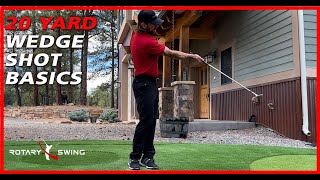
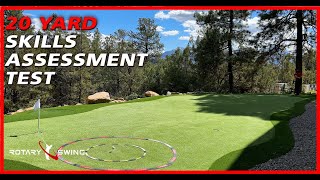
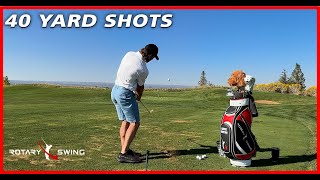
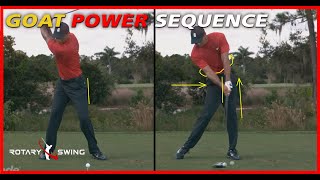
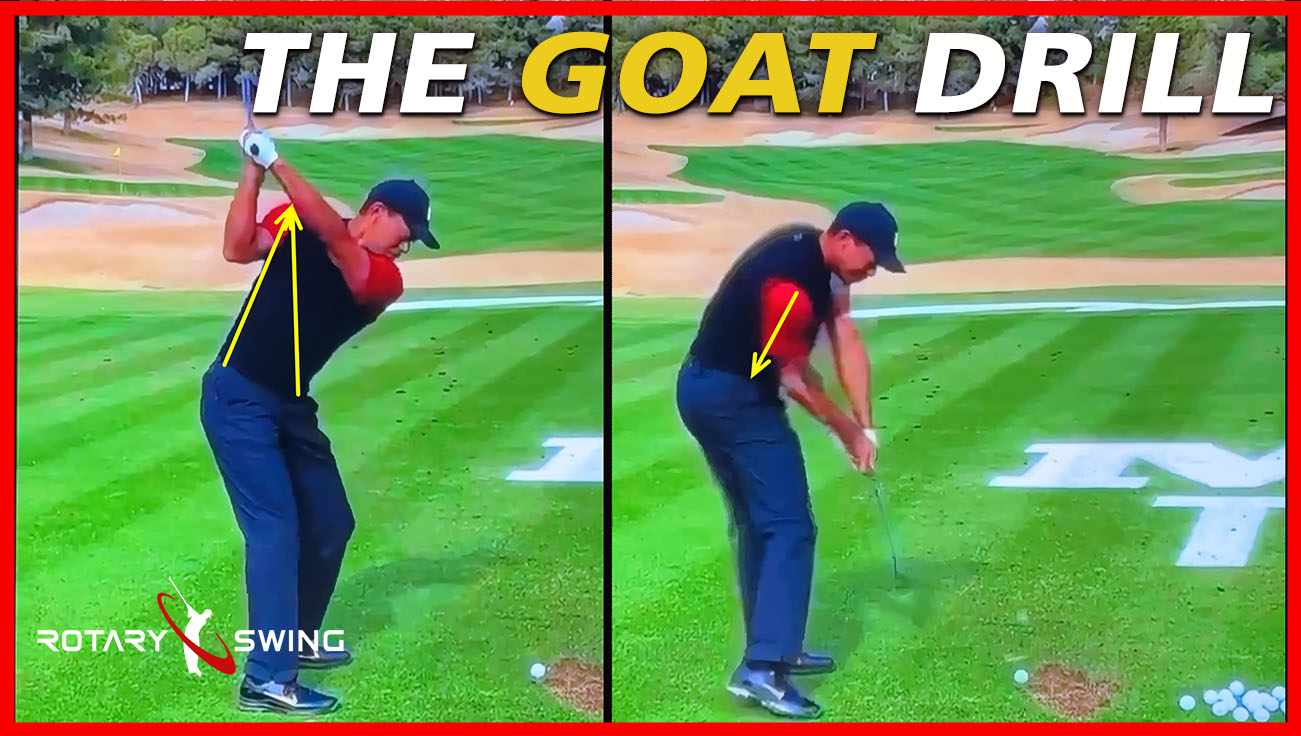
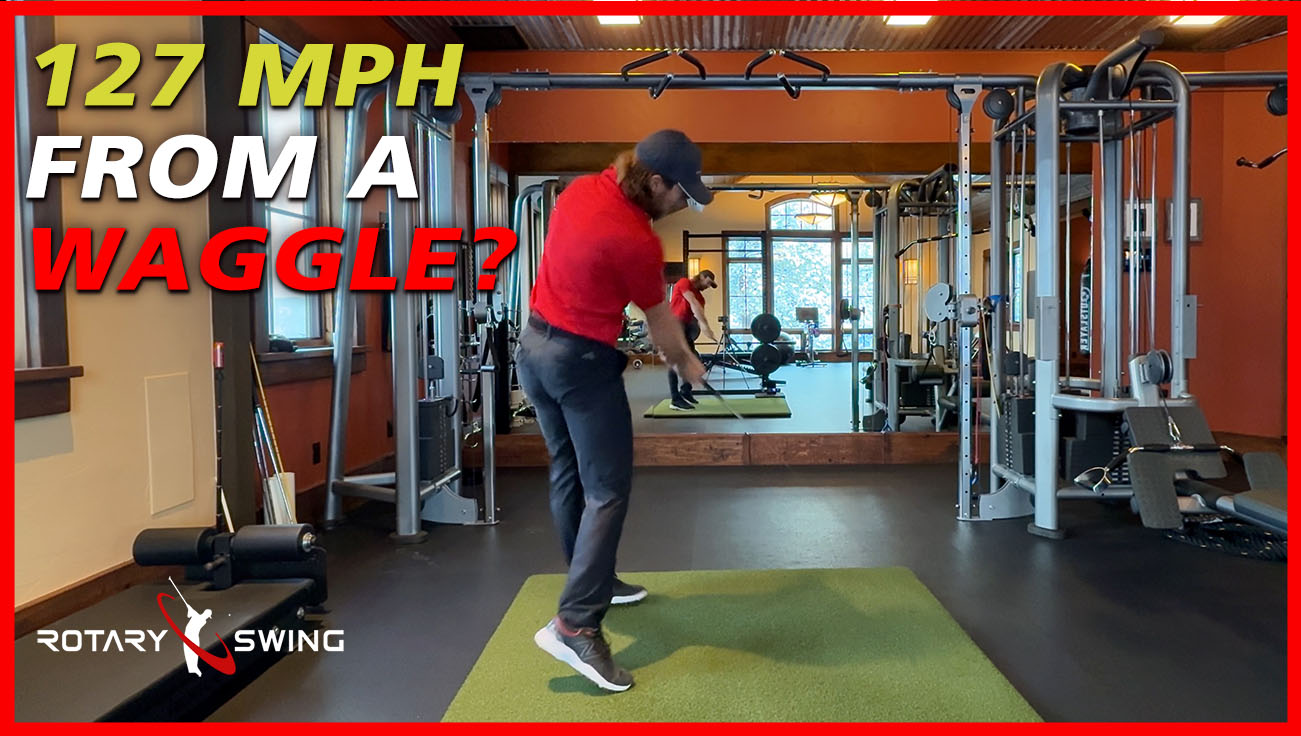
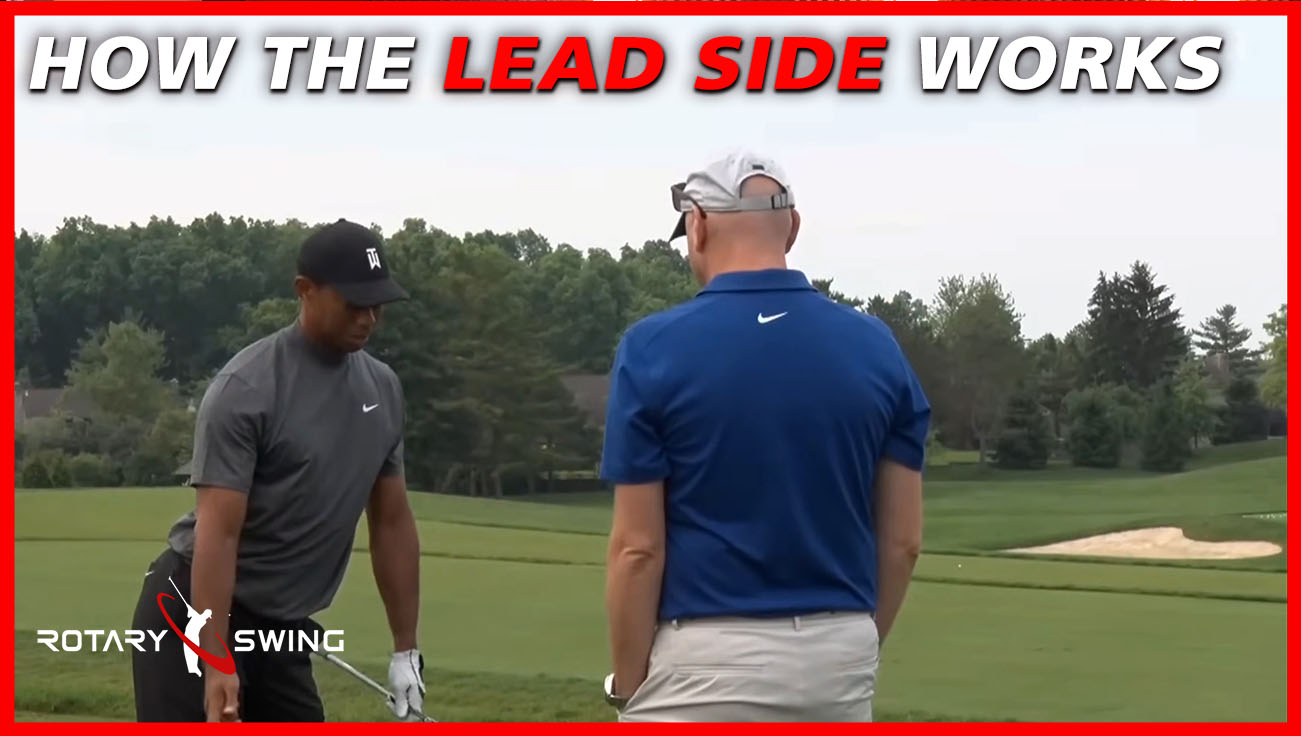
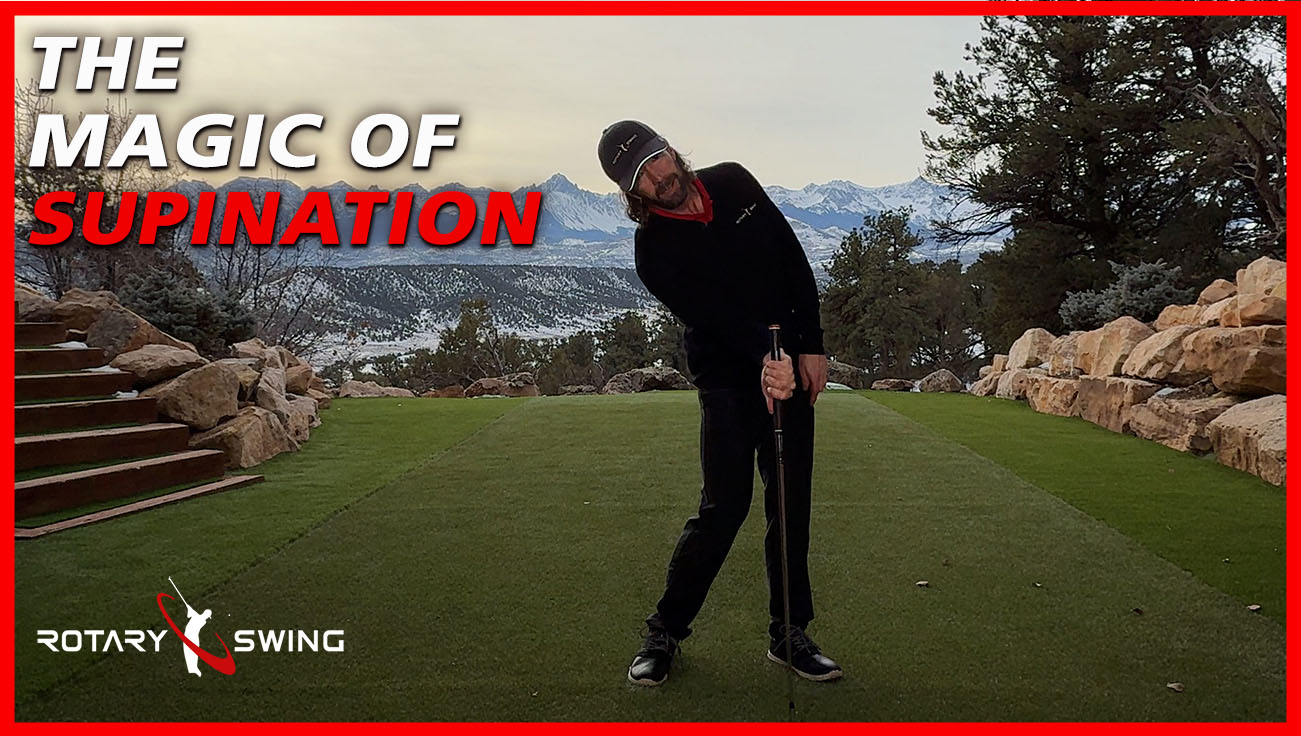
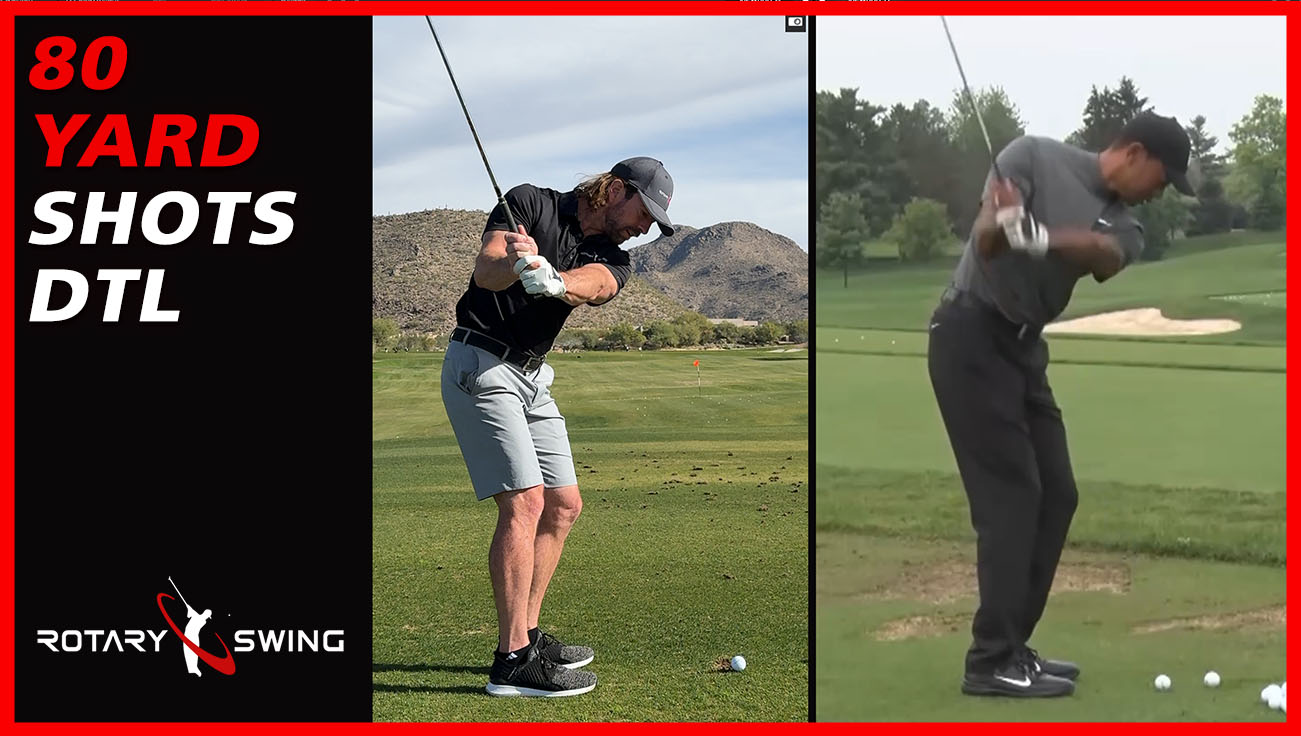
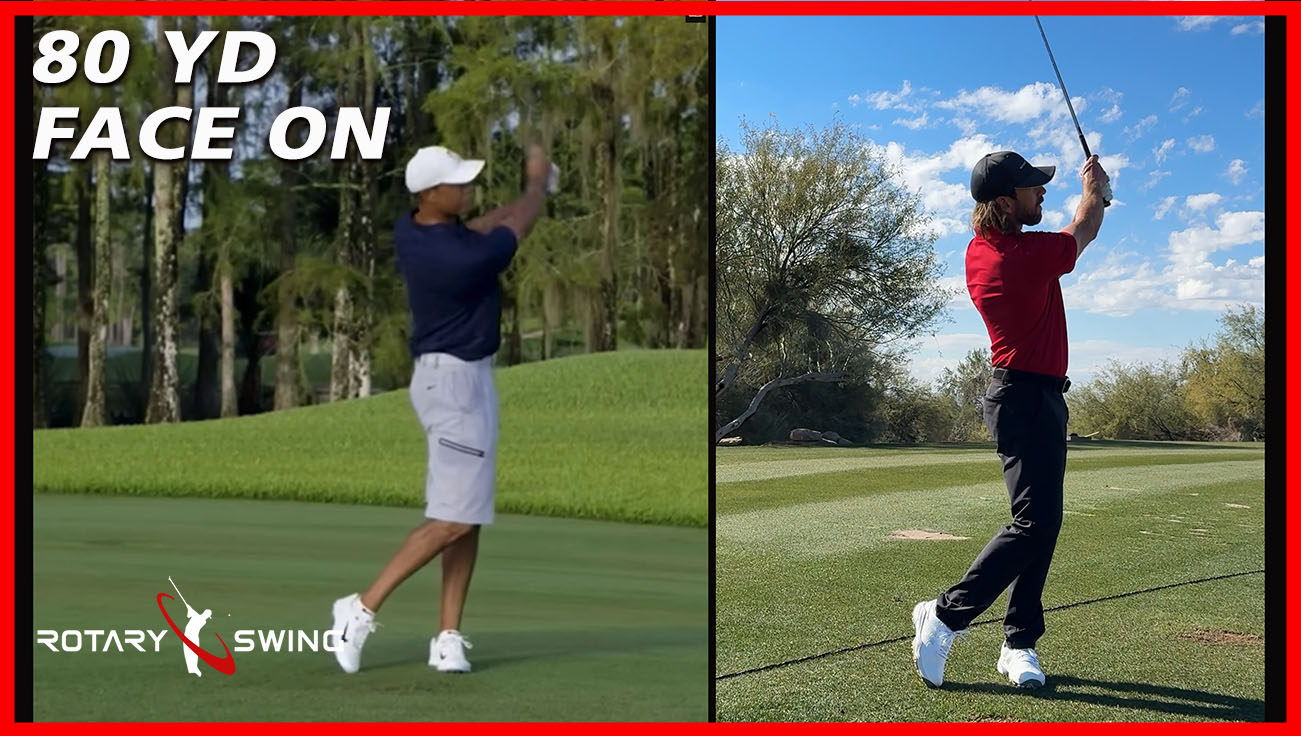
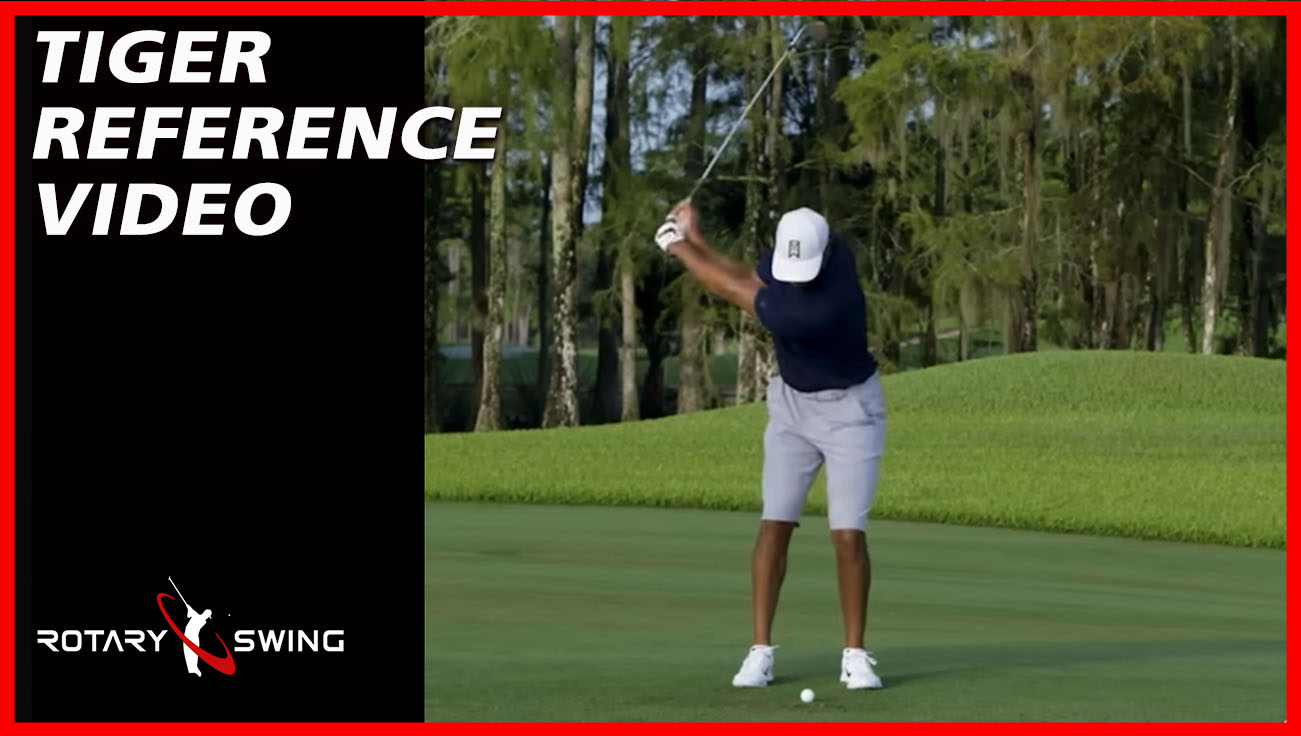

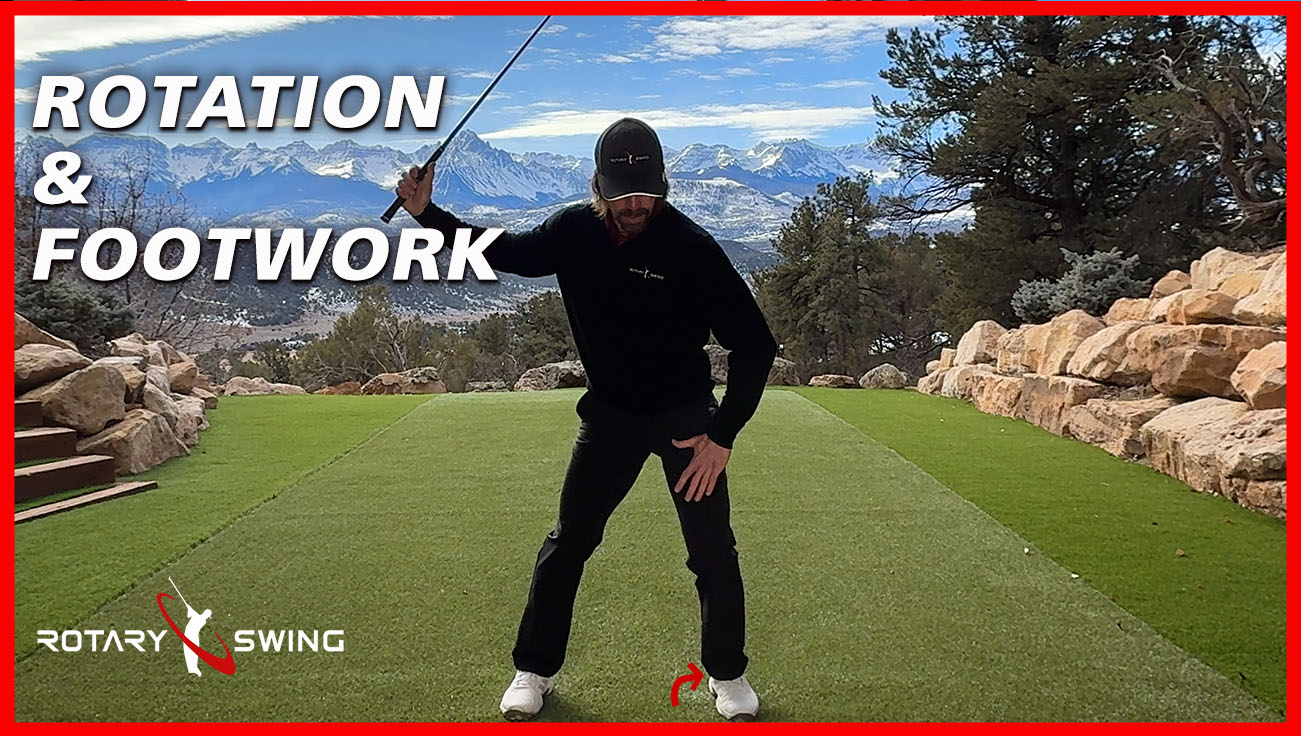
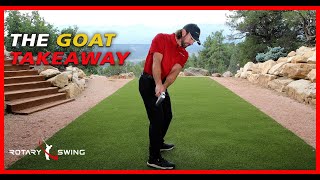

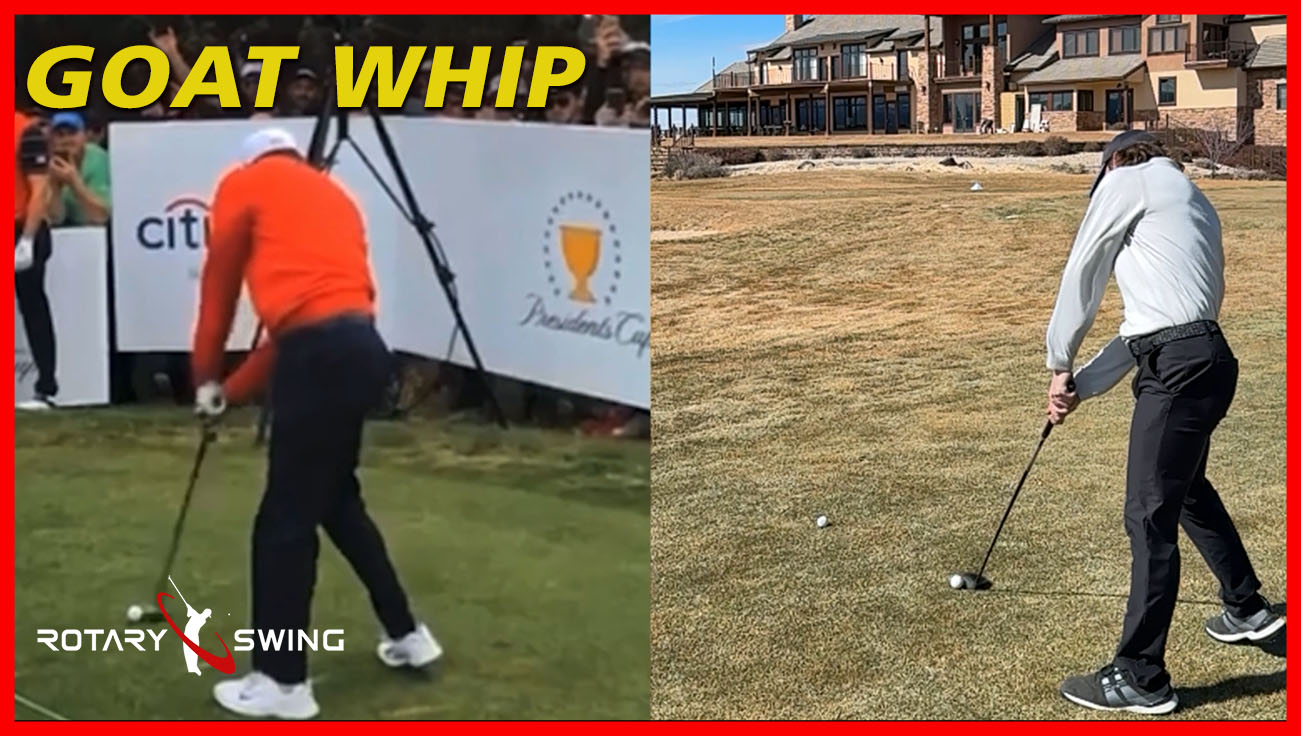
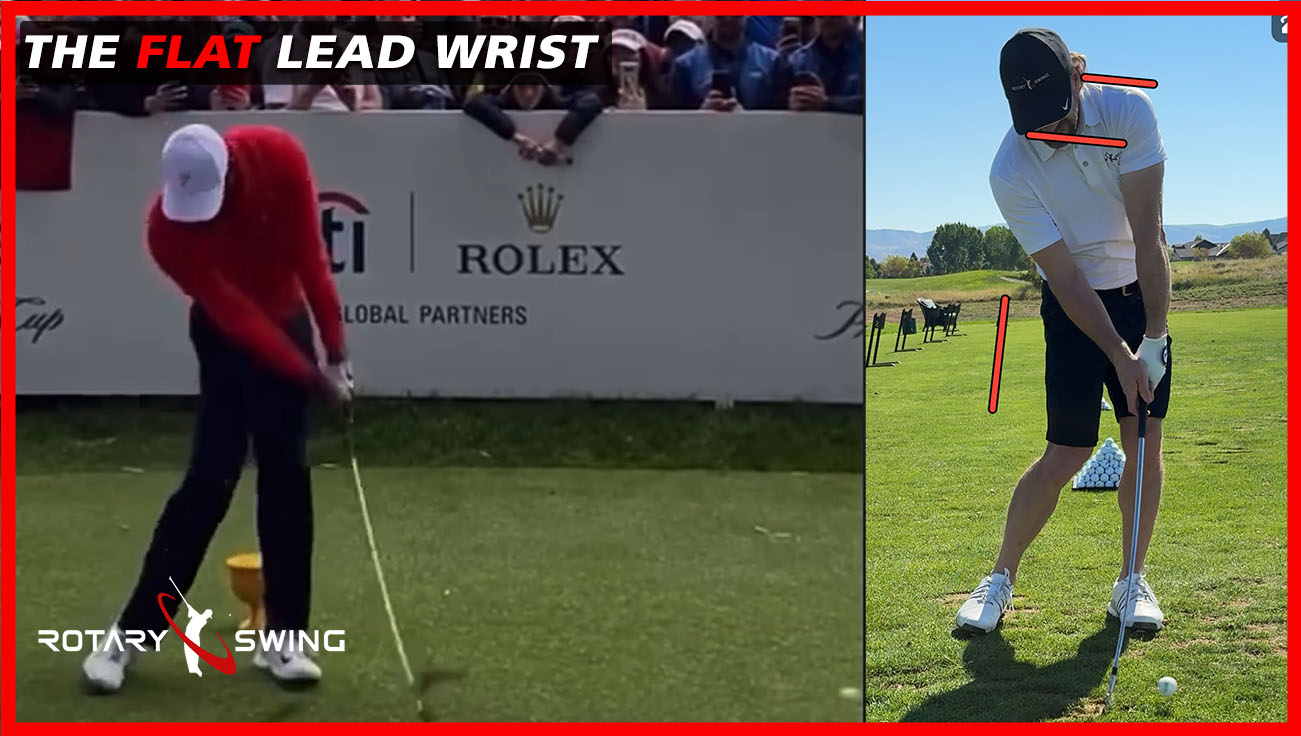
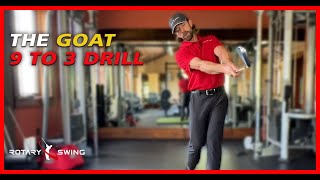
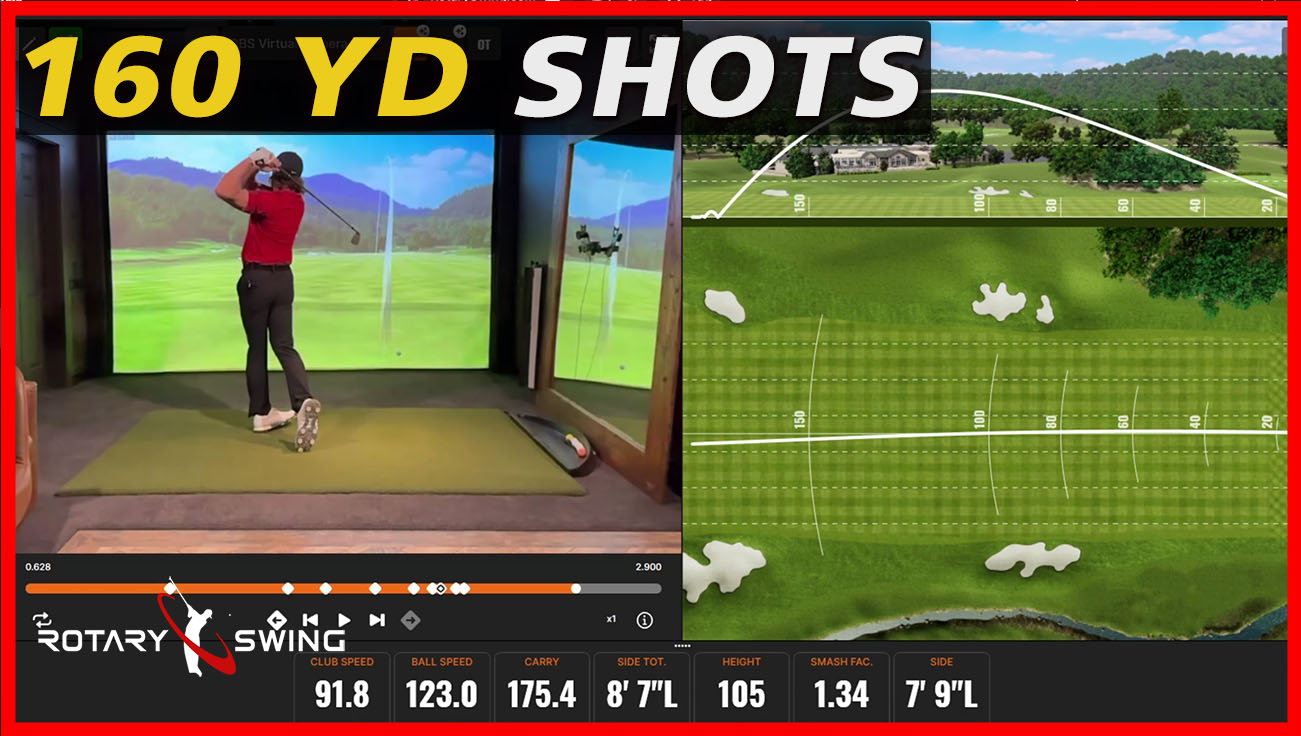

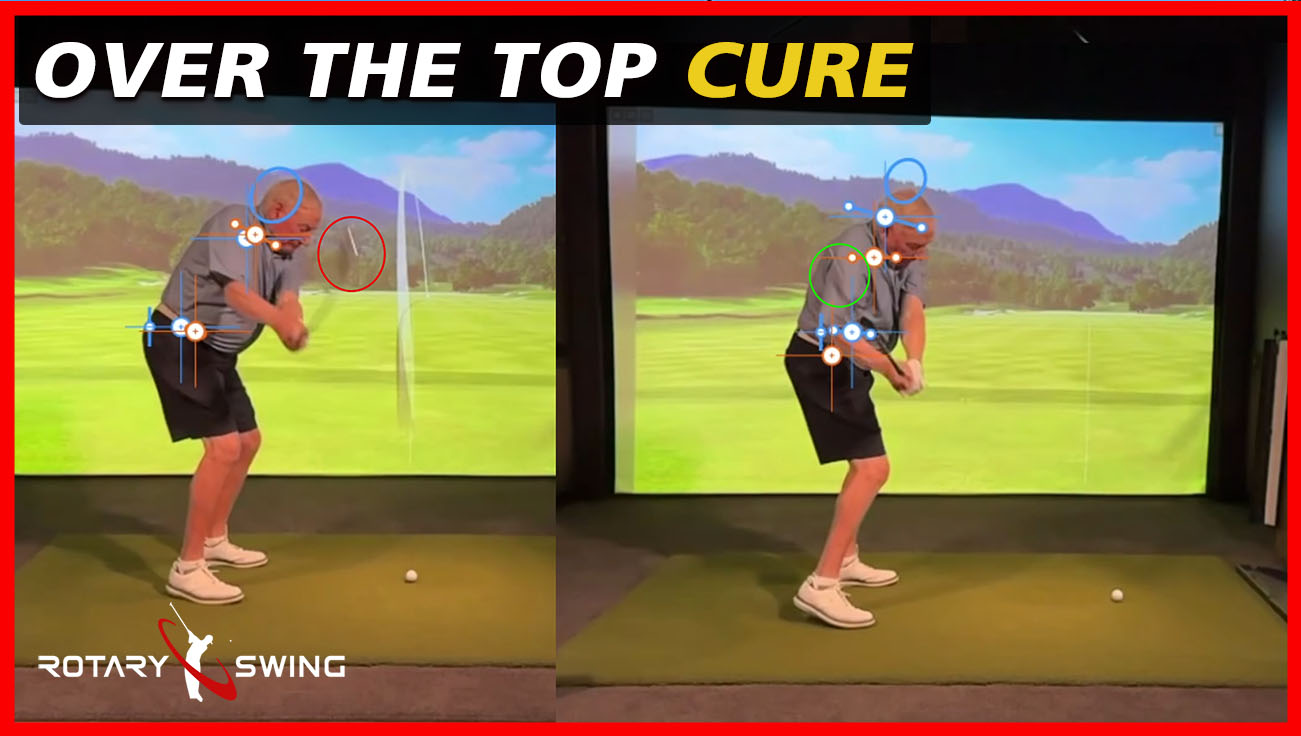
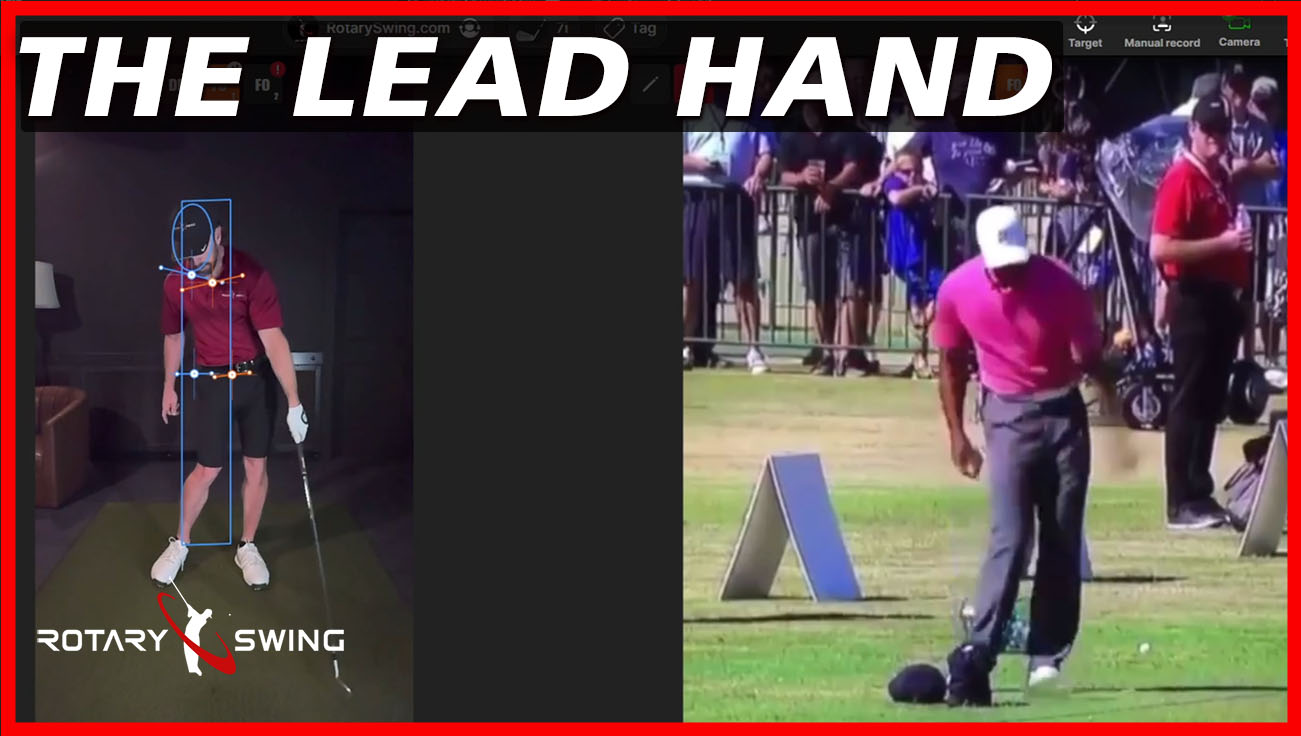
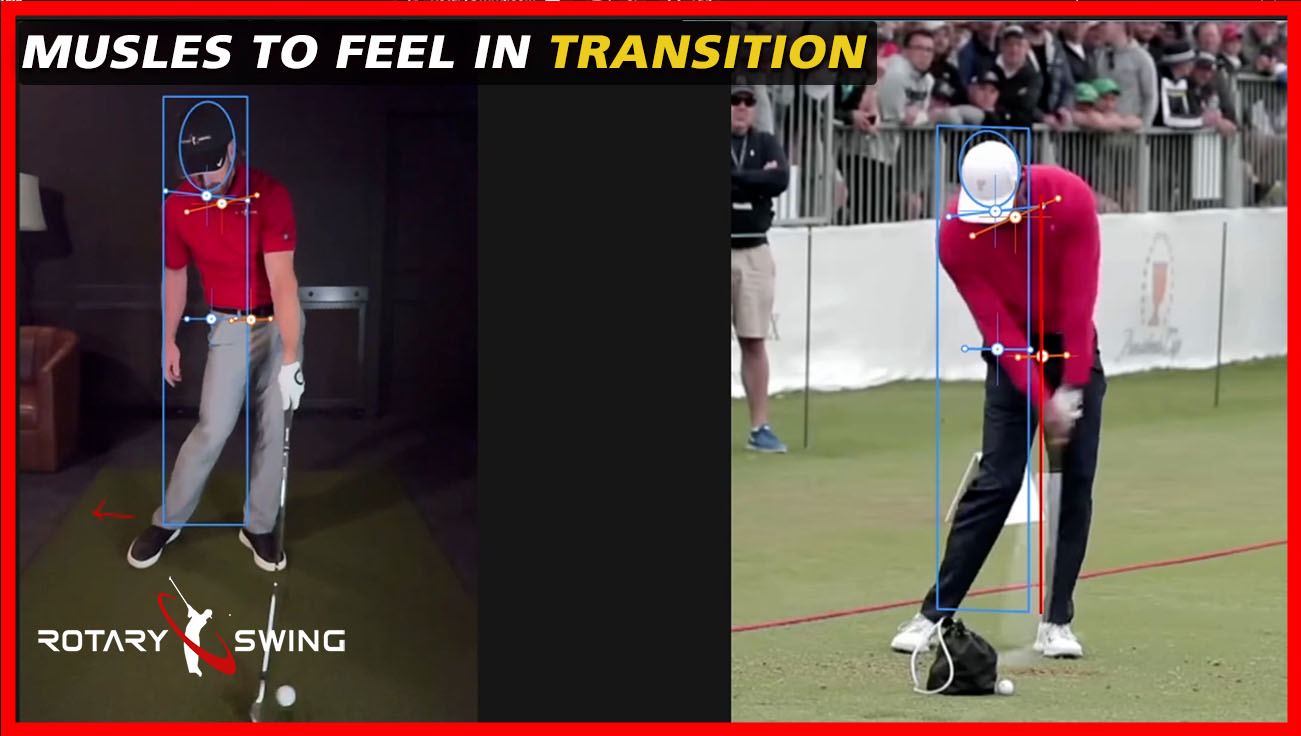
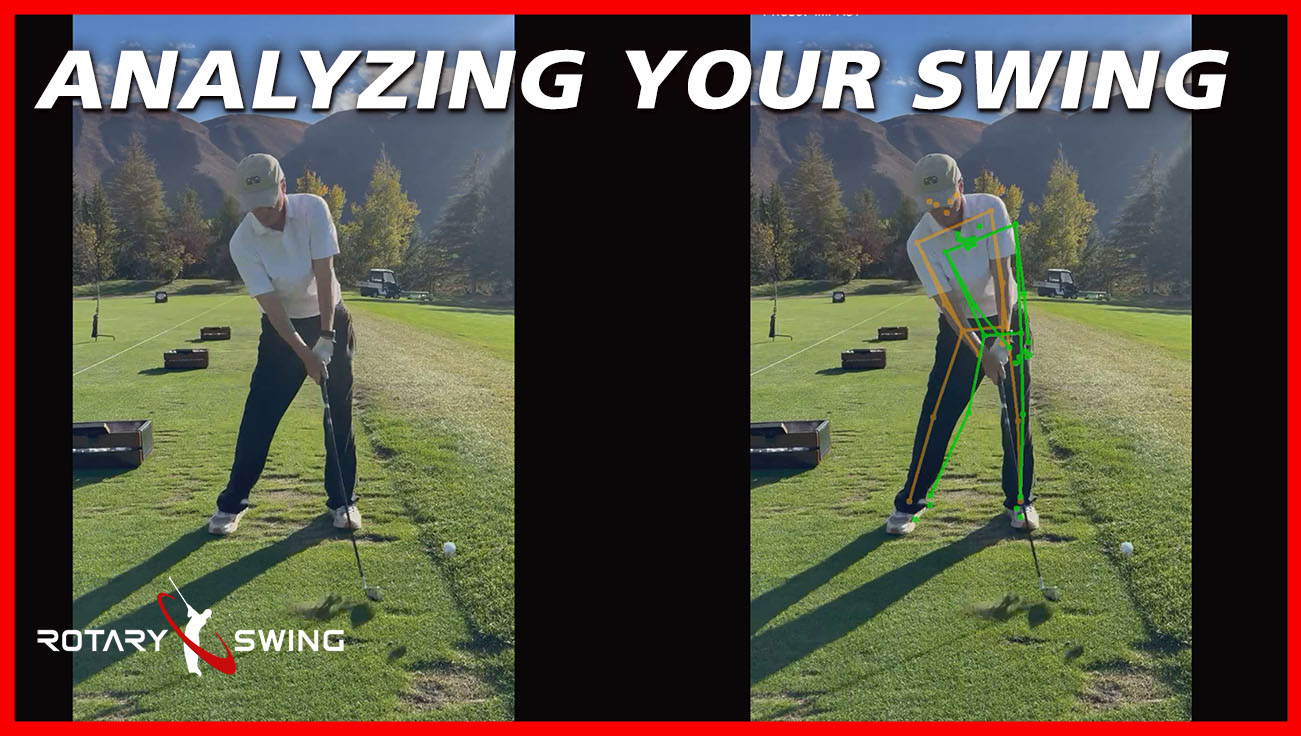

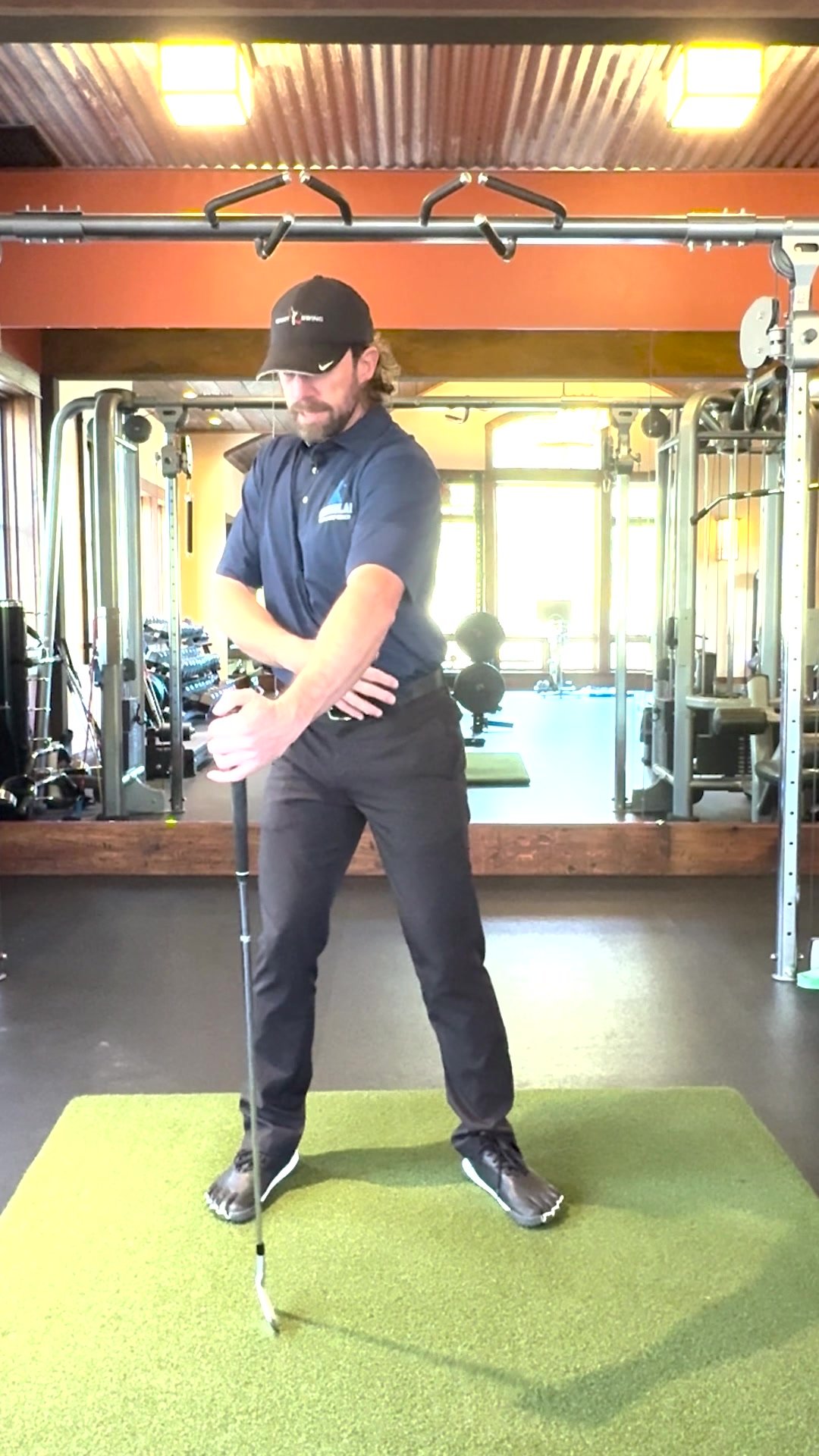

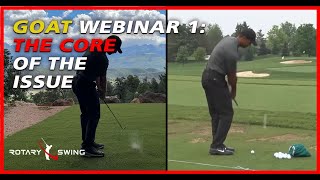
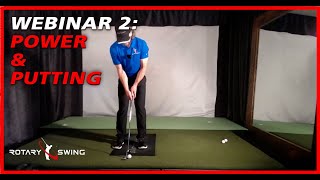
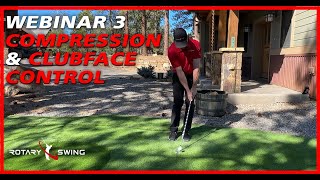
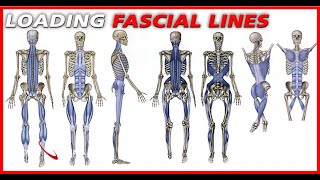
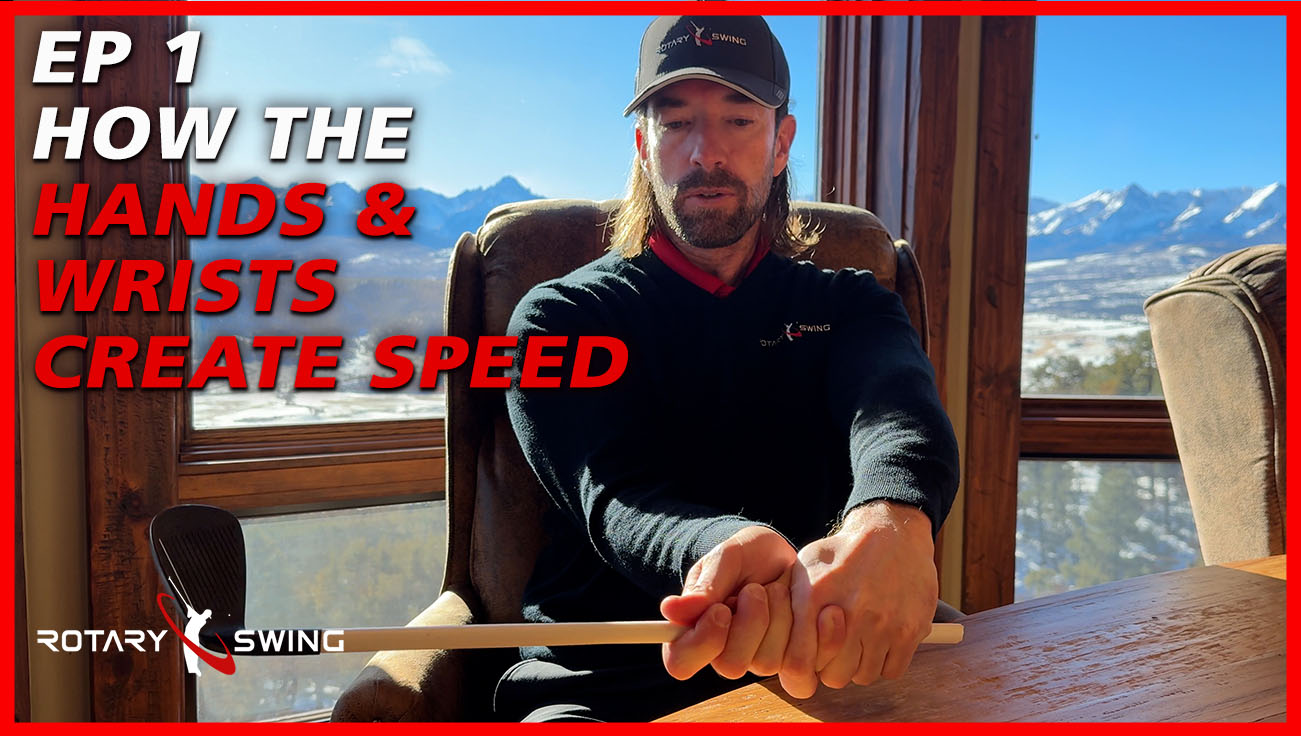

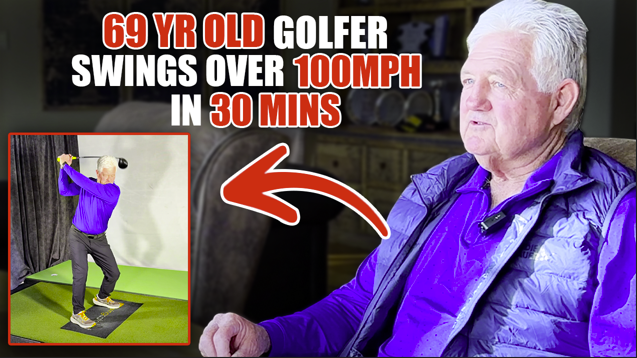
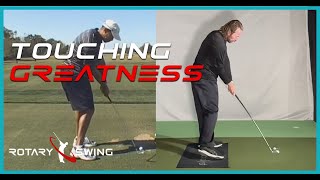



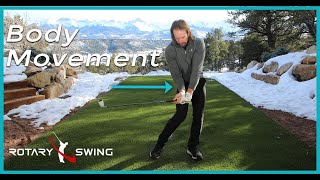

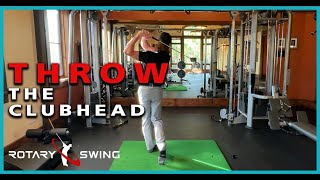
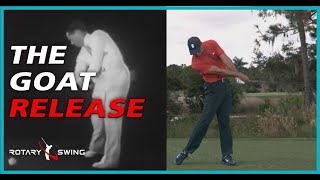
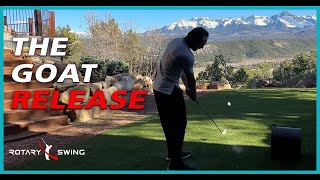
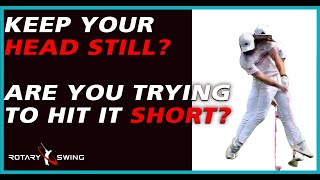
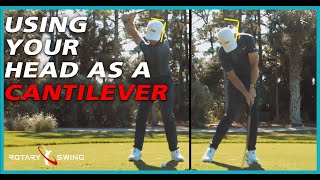
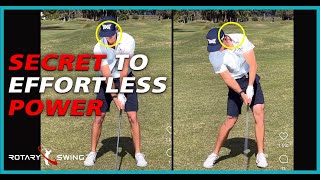
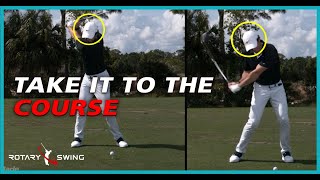

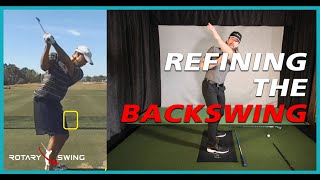

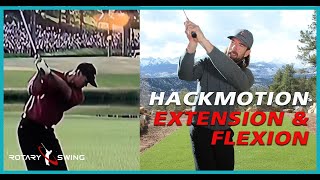

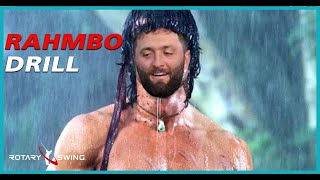

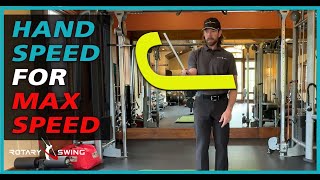
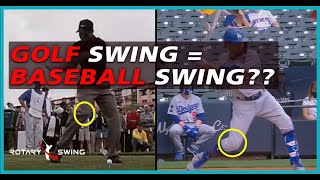
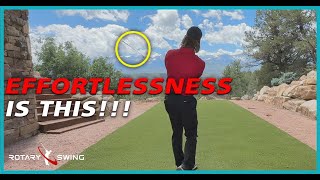

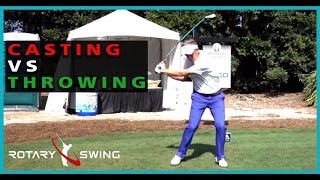
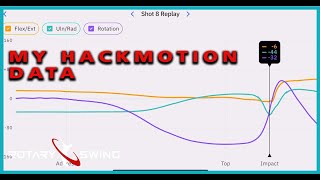
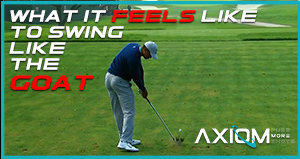



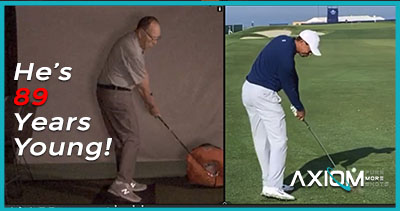
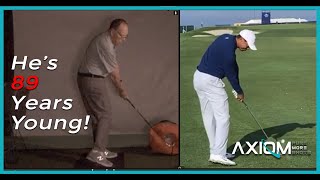
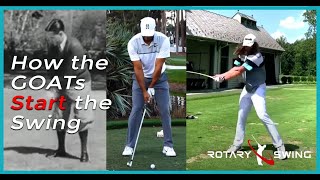
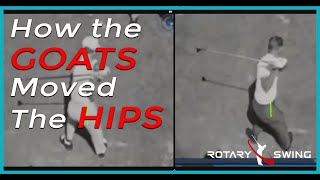
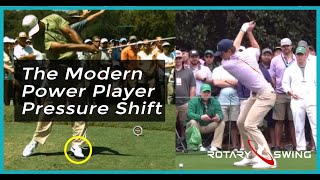
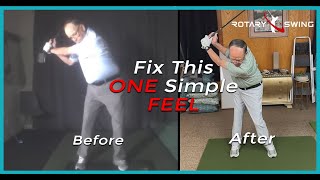
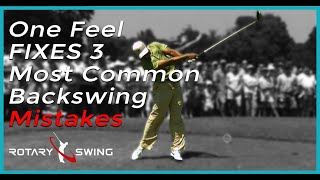
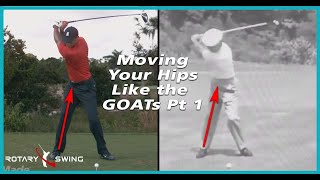
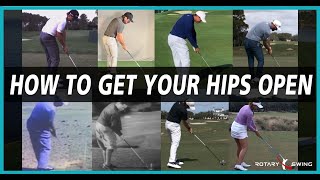

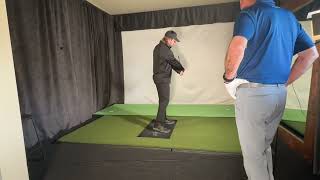
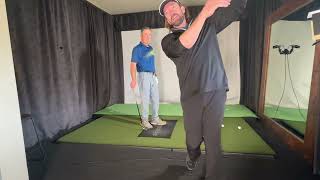
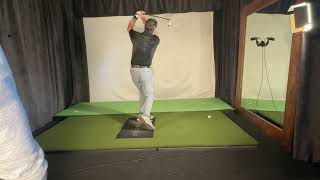
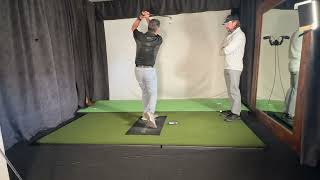
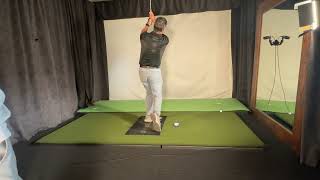
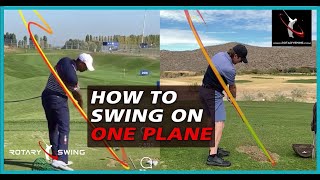
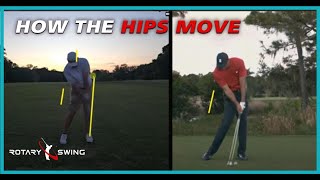
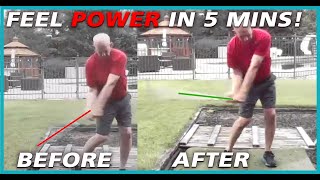
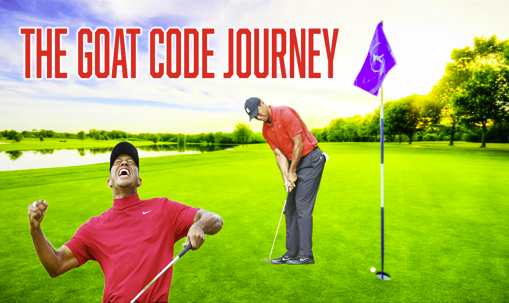
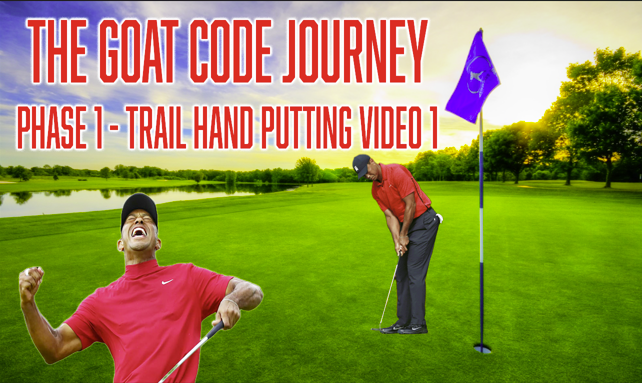
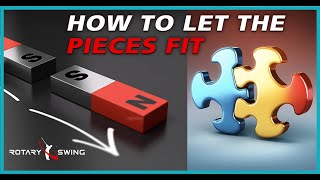


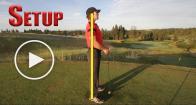
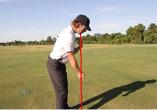
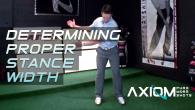
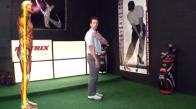
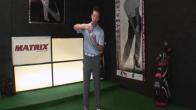
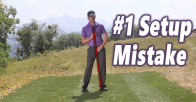

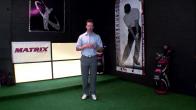
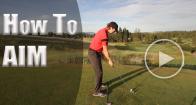
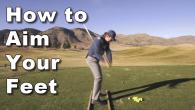
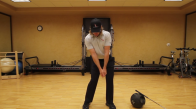

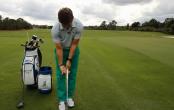

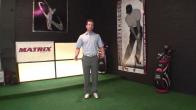


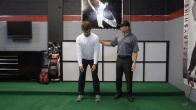

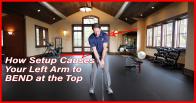


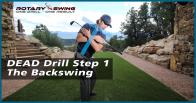
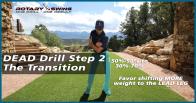
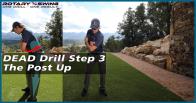

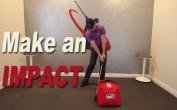
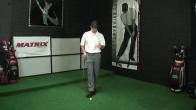
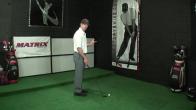
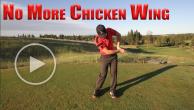
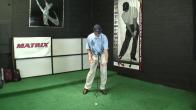


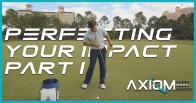
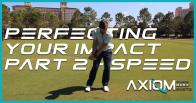
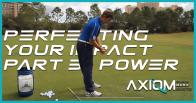
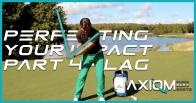

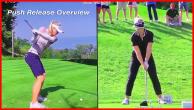

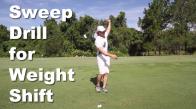


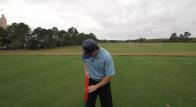
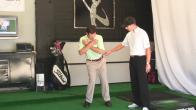
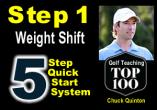
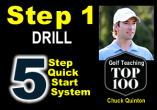
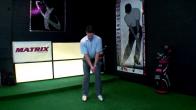
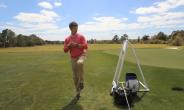

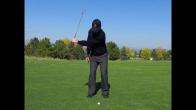
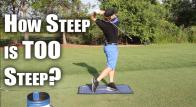
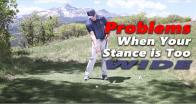
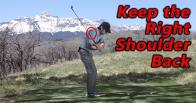
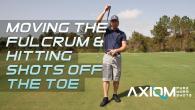
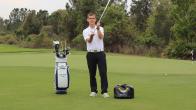
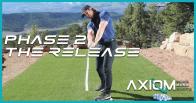
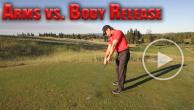
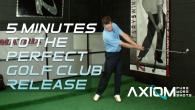
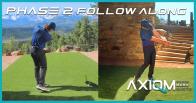
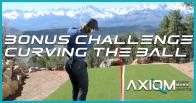


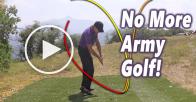
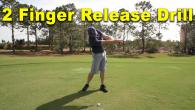
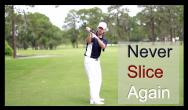
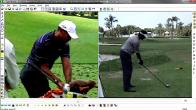
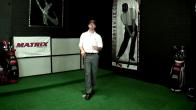
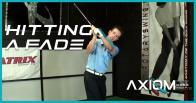
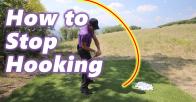
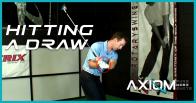
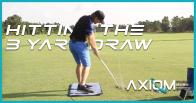
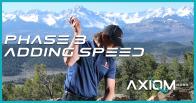
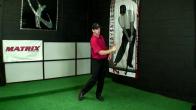
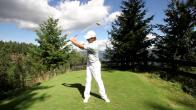

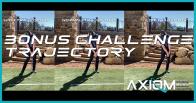
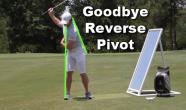
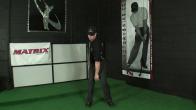
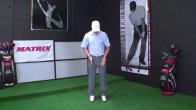
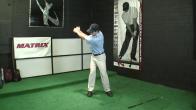
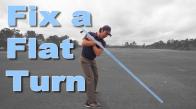
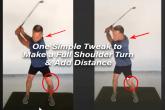
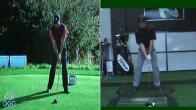
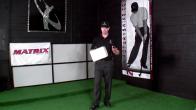

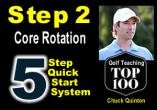
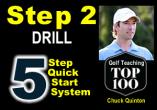
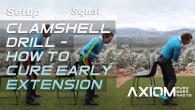

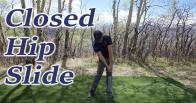

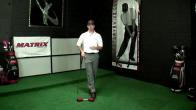
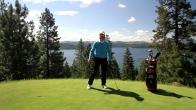
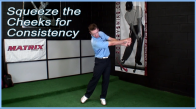
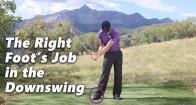
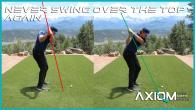
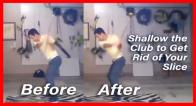


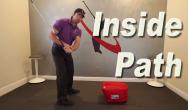

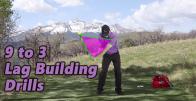
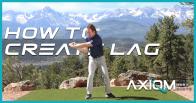
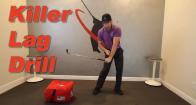
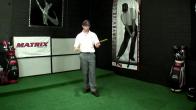
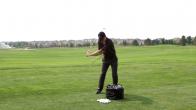
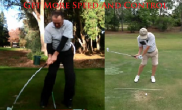


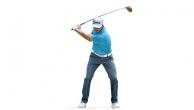
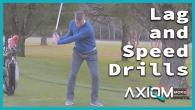
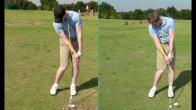

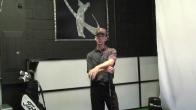
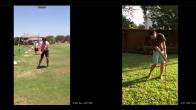



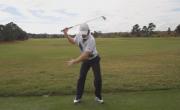
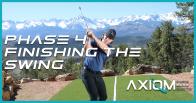
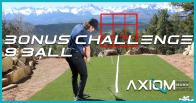


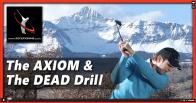




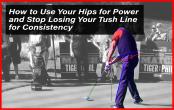
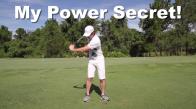
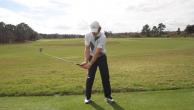
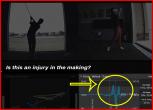
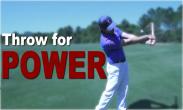


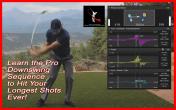
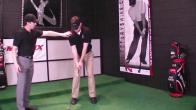
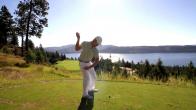

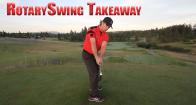


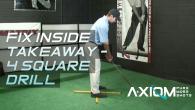
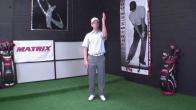
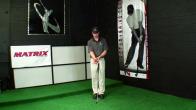


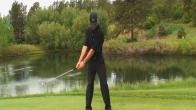
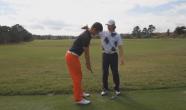

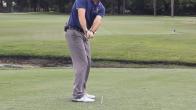

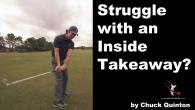
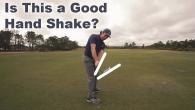

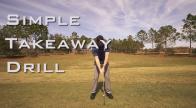

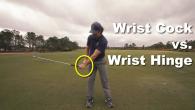
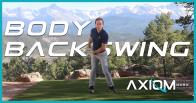
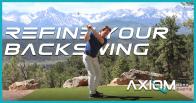
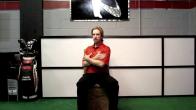
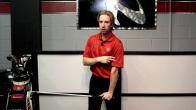


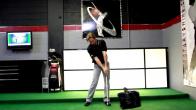
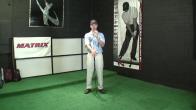
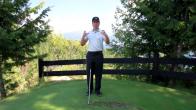

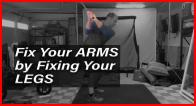
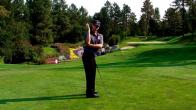
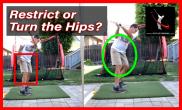
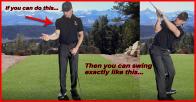

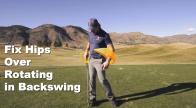
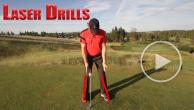
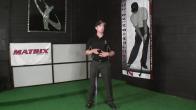

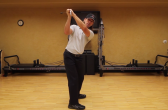
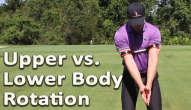
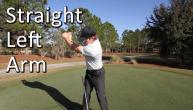


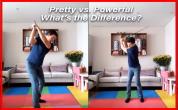

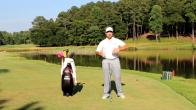




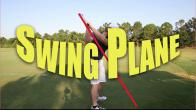
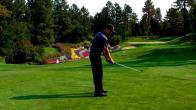

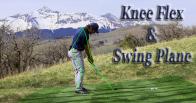
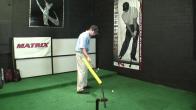

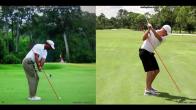

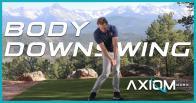




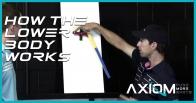
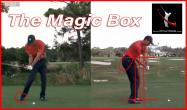
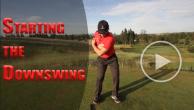

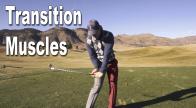
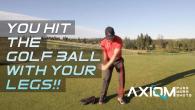

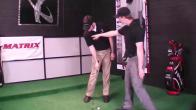
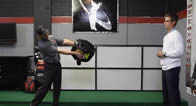
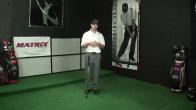
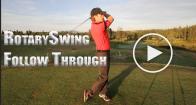
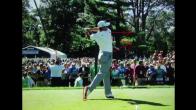
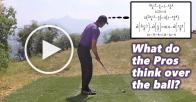
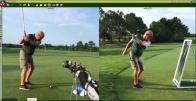



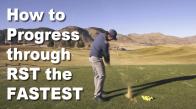
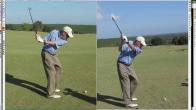


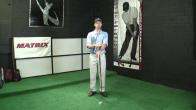
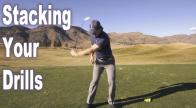
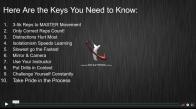
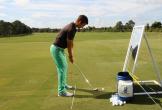

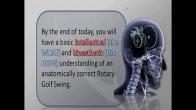
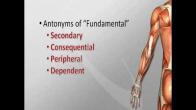
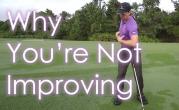
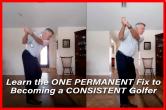
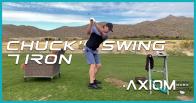
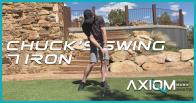


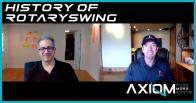
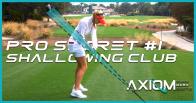
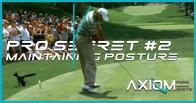
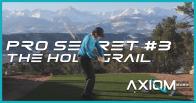
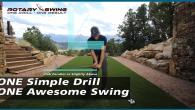

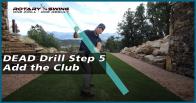

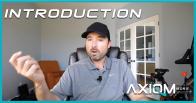
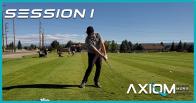
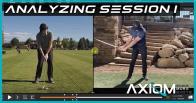

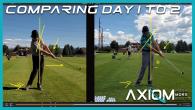
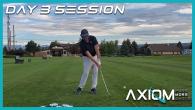

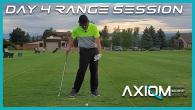
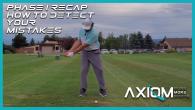
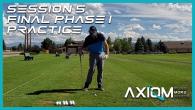

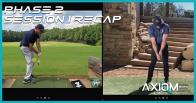
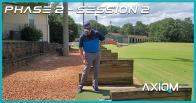
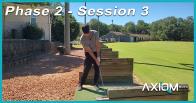
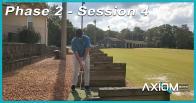
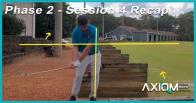
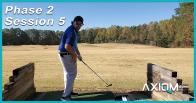

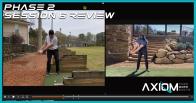
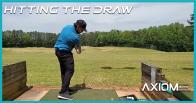


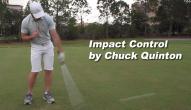



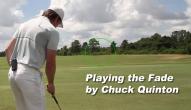





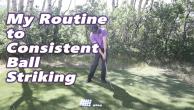

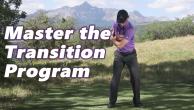
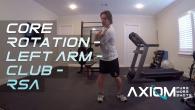
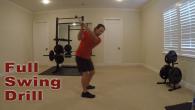
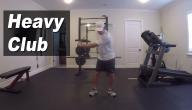
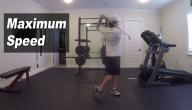
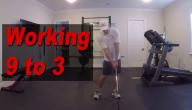
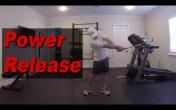
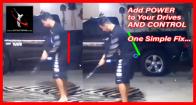
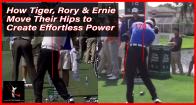
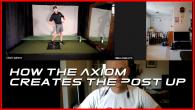
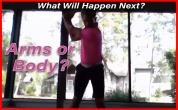
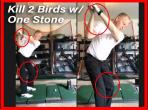
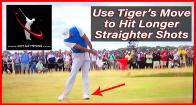

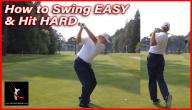
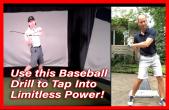
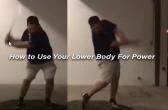
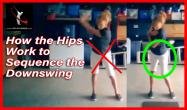
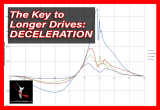
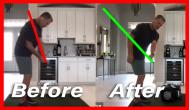
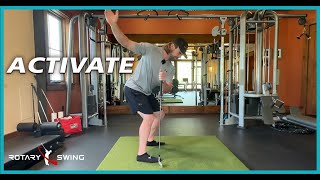
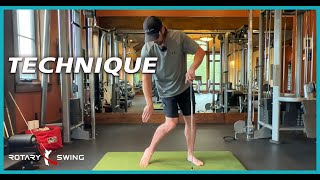
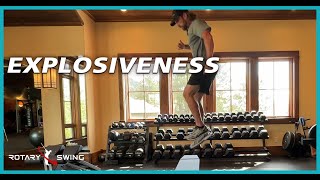
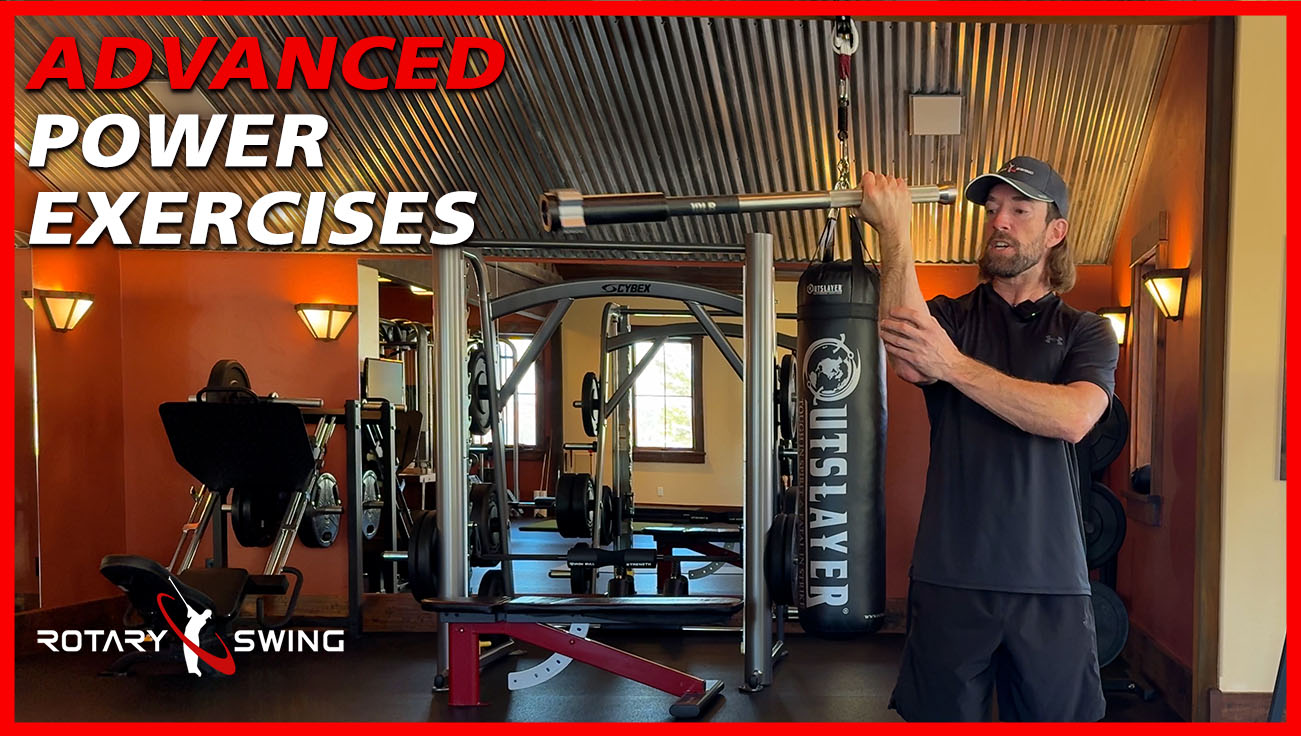
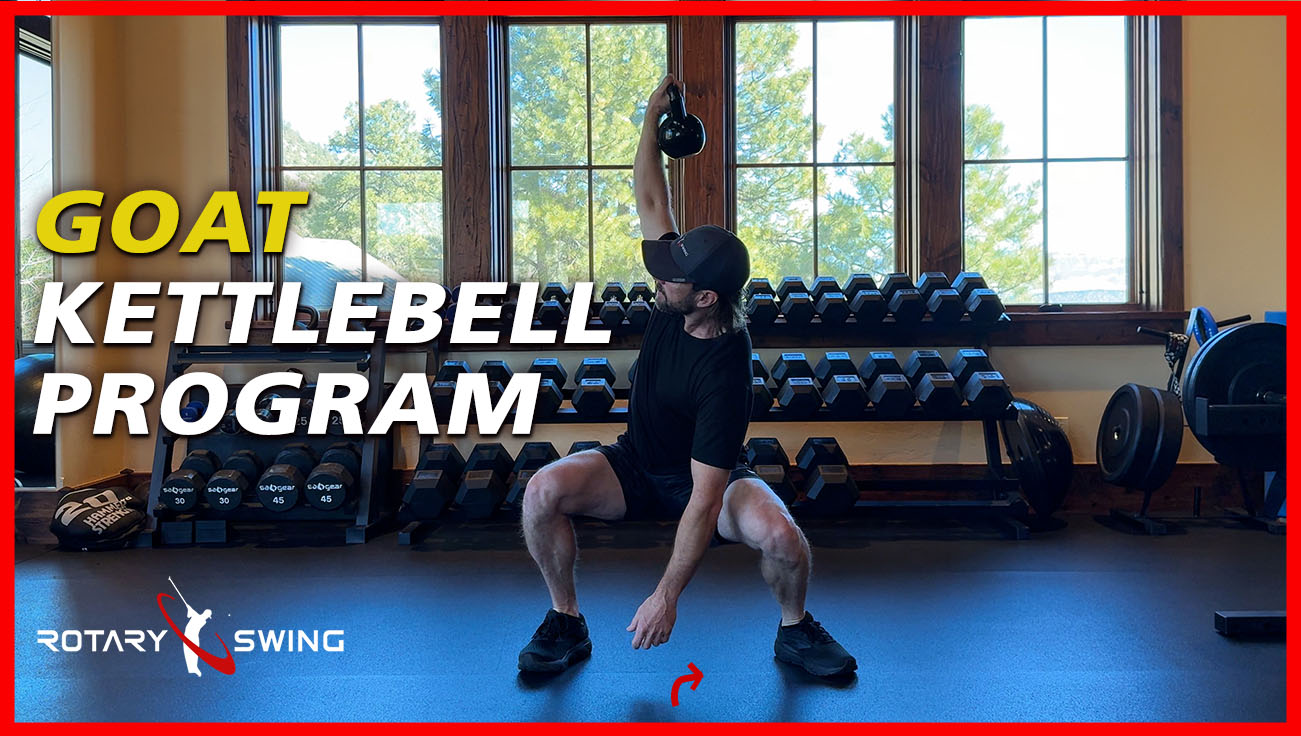

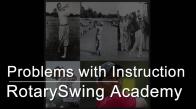
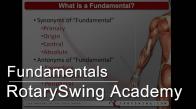
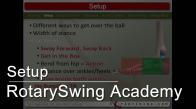


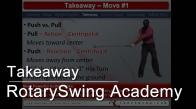
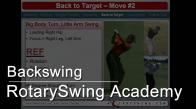
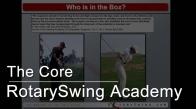
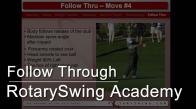



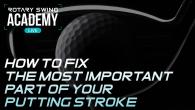
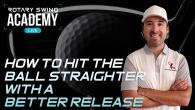
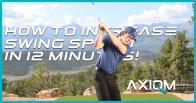

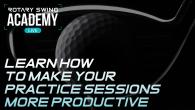
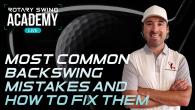
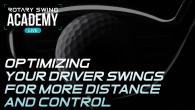
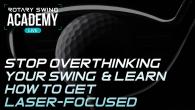



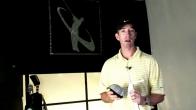
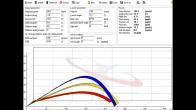

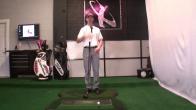
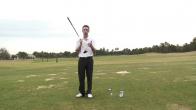
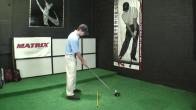
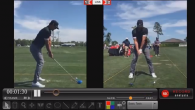


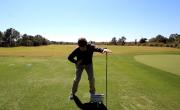
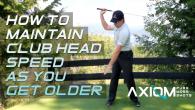
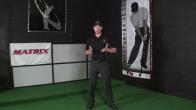
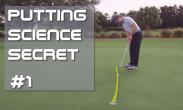
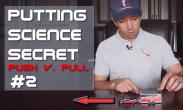

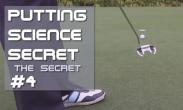
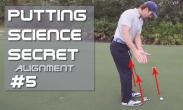
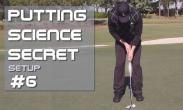
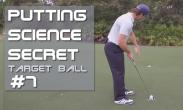
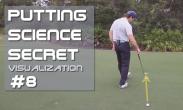
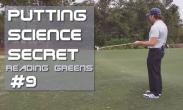





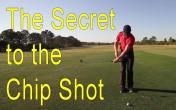
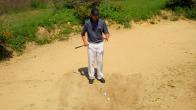

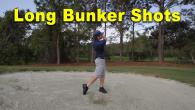

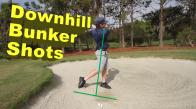
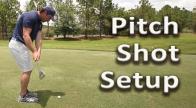
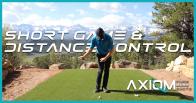

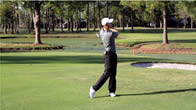
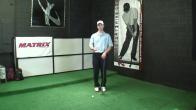
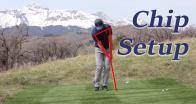


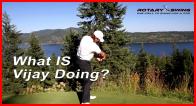




Daniel
Craig (Certified RST Instructor)
Luc
Craig (Certified RST Instructor)
Will
Craig (Certified RST Instructor)
charles
Craig (Certified RST Instructor)
charles
Craig (Certified RST Instructor)
charles
Craig (Certified RST Instructor)
philip
philip
philip
Chuck
Mike
Chuck
Mike
Mike
Chuck
Mike
Chuck
Jayden
Chuck
Robert
Chuck
Robert
Chuck
Patrick
Chuck
David
David
Chuck
Matt
Chuck
Matt
Chuck
Steve
Chuck
Steve
Chuck
Steve
Chuck